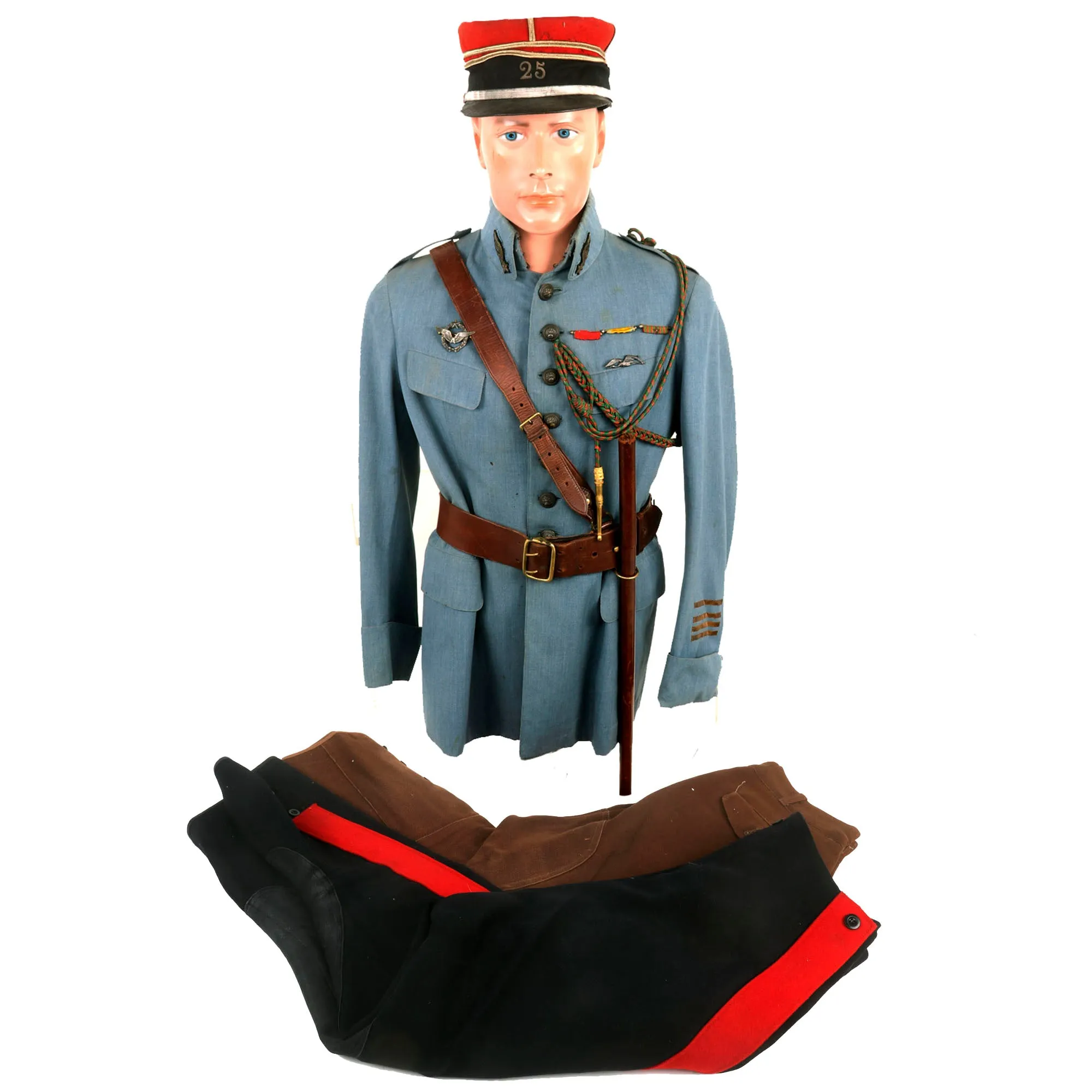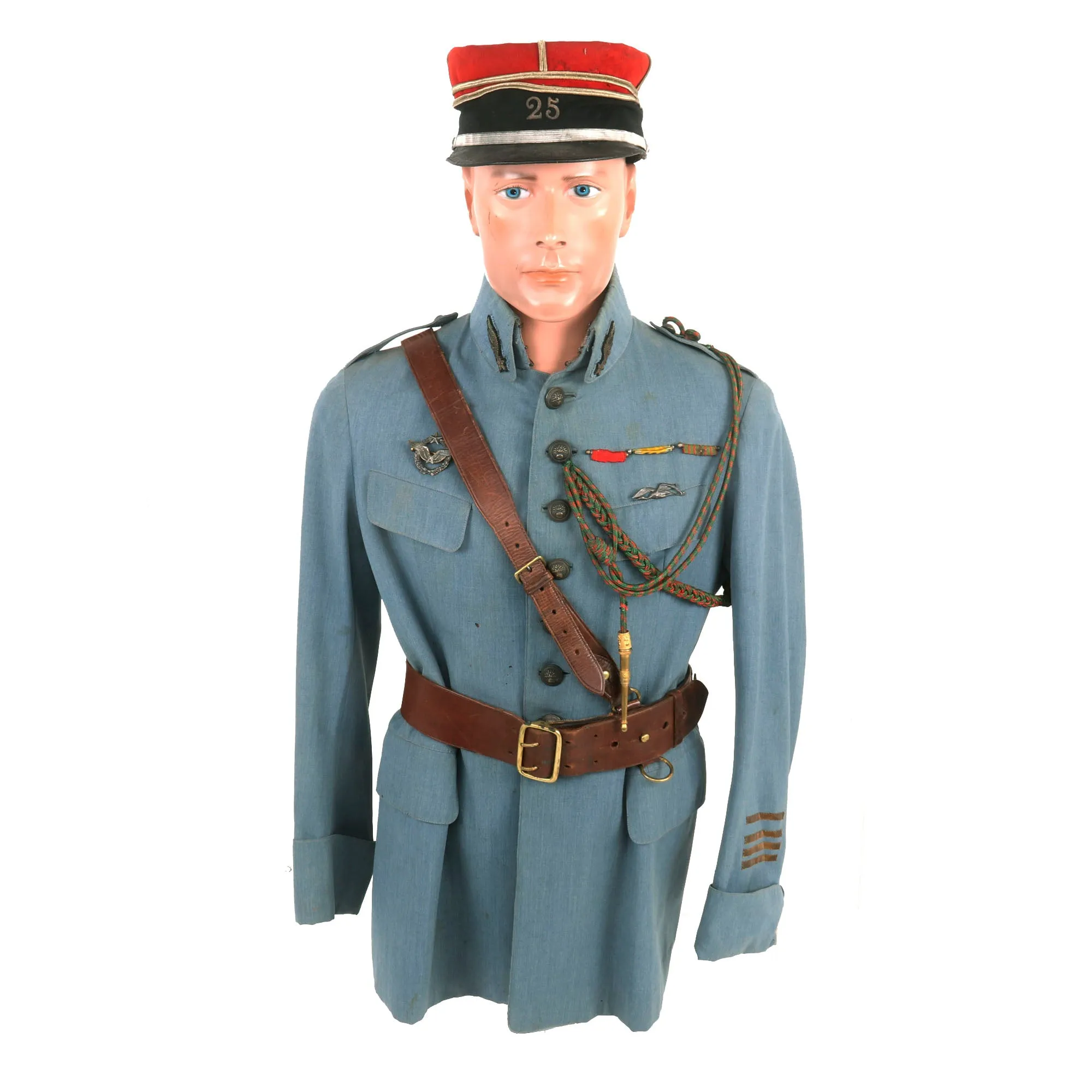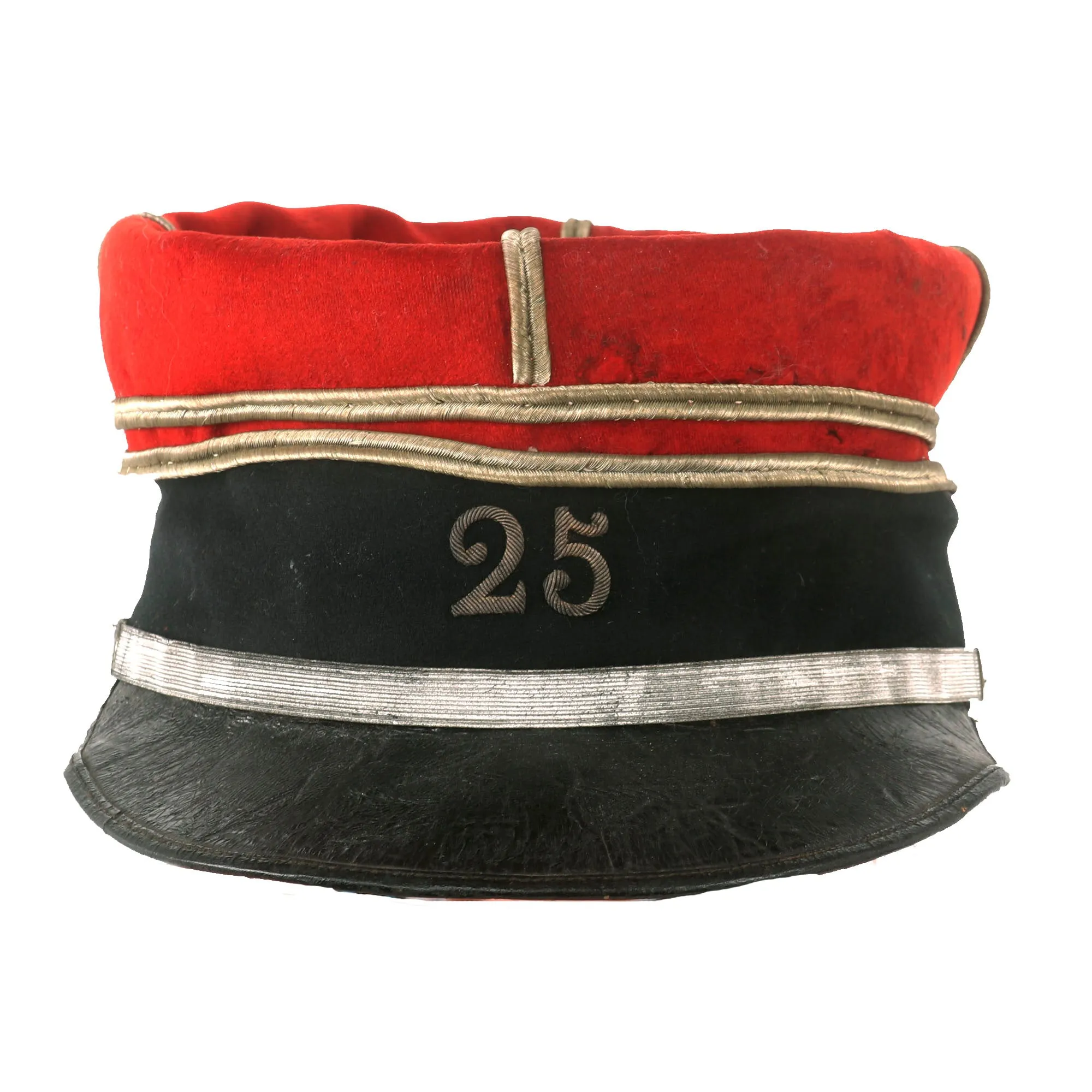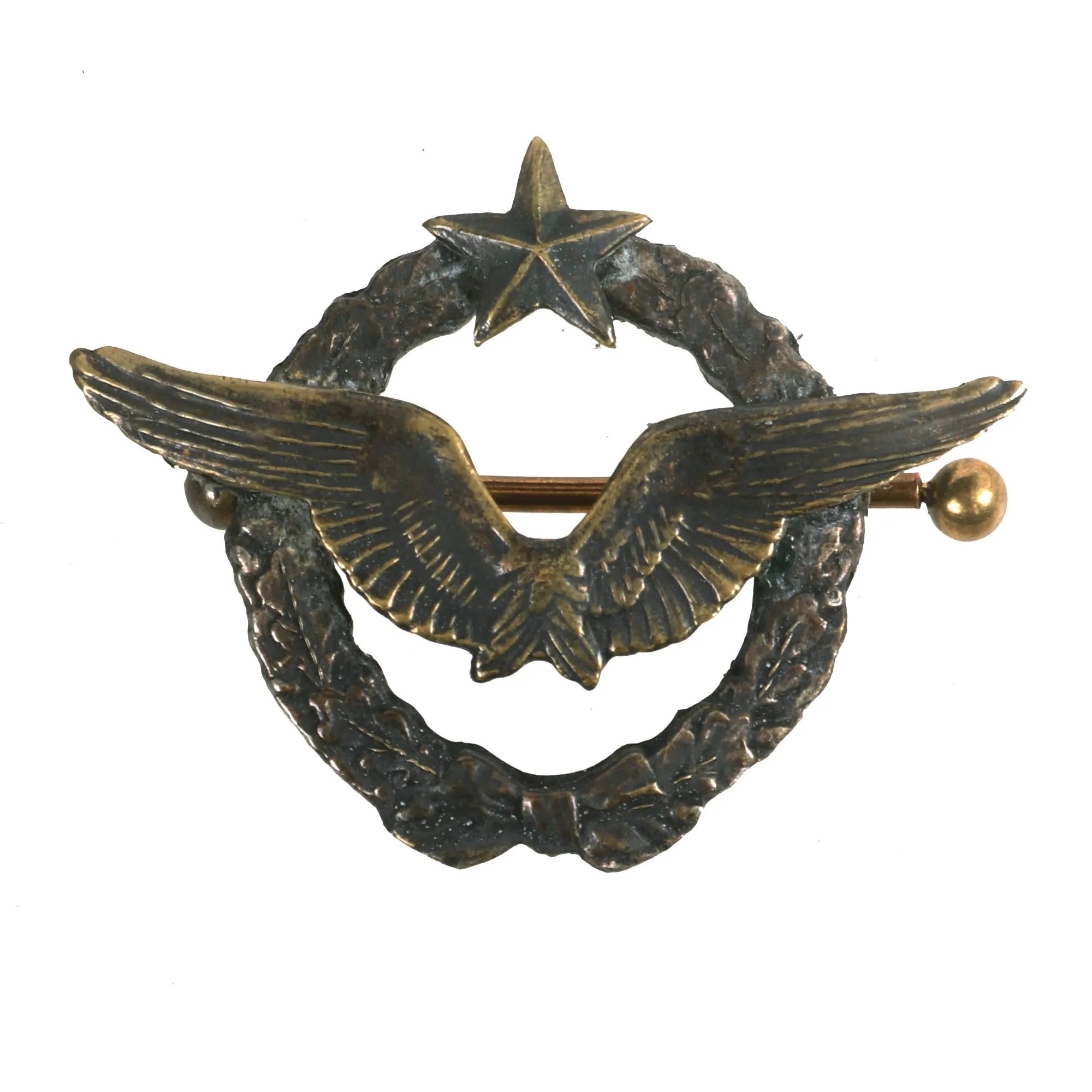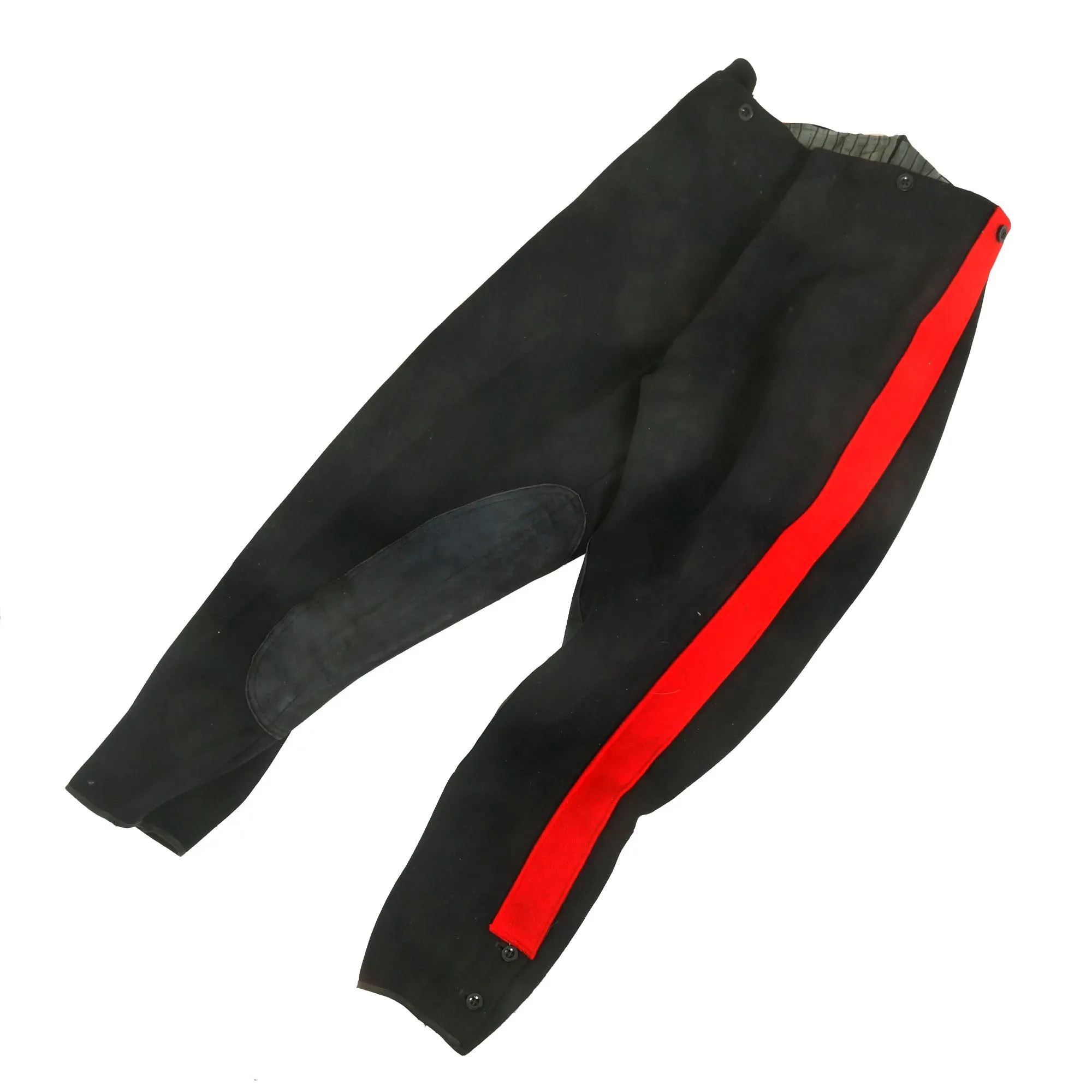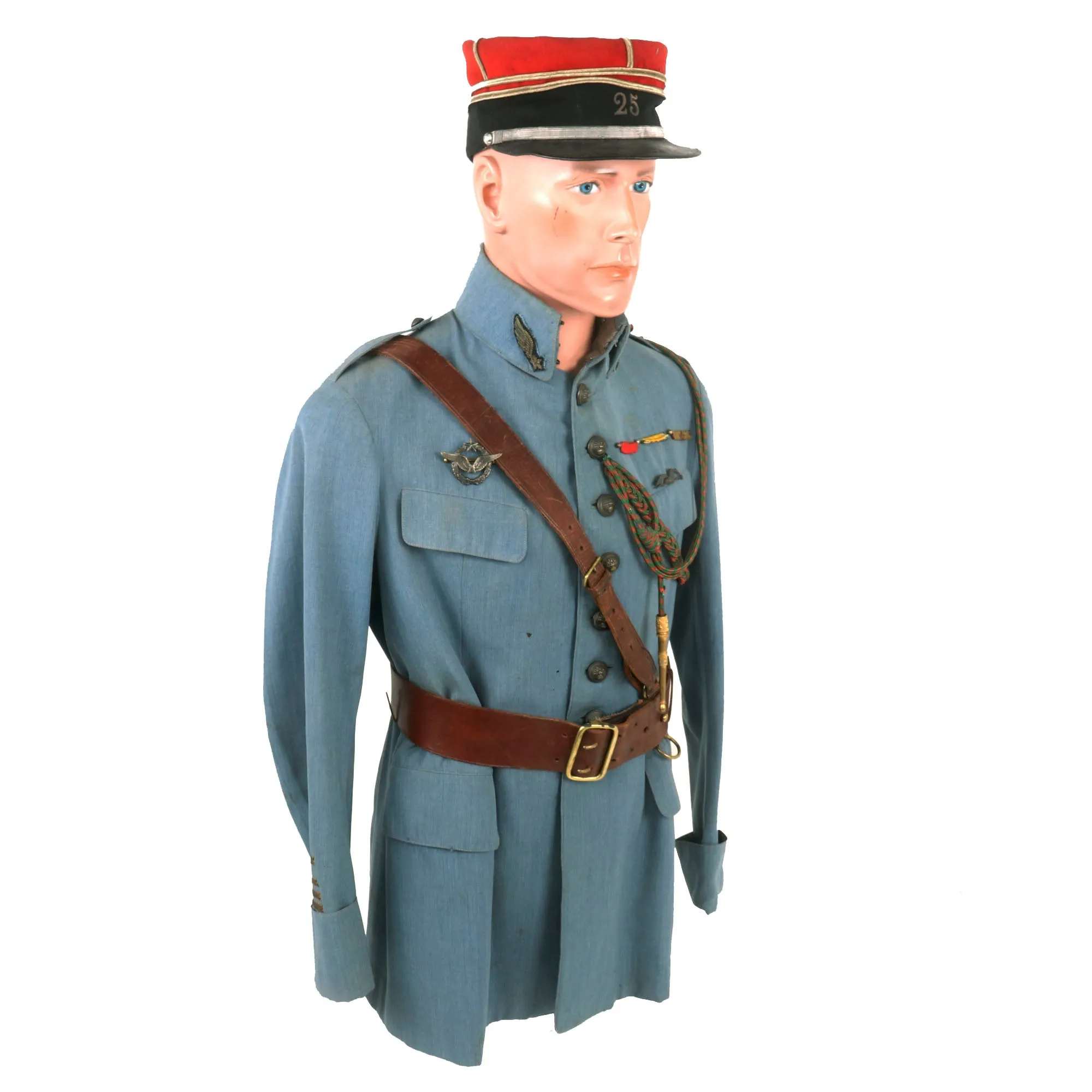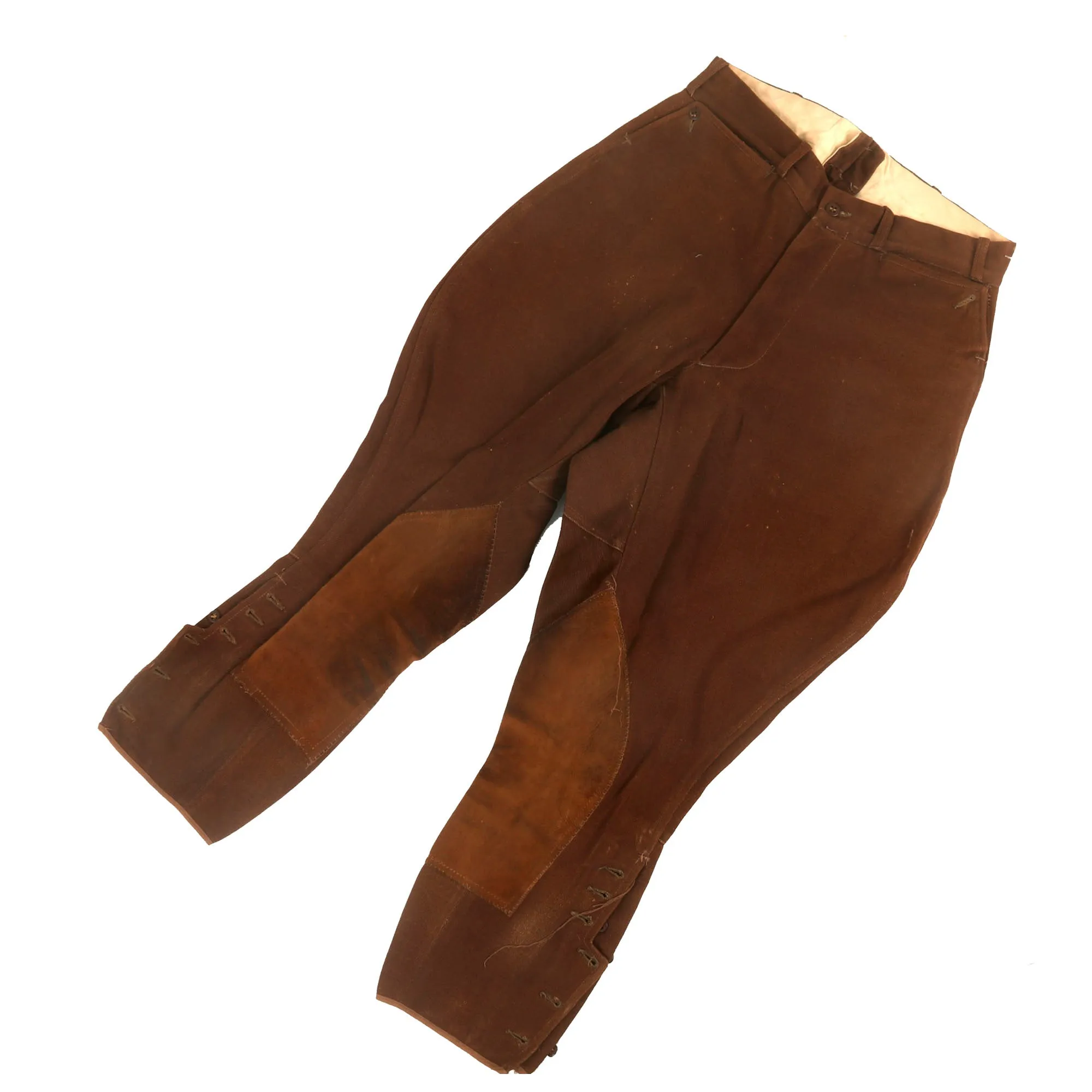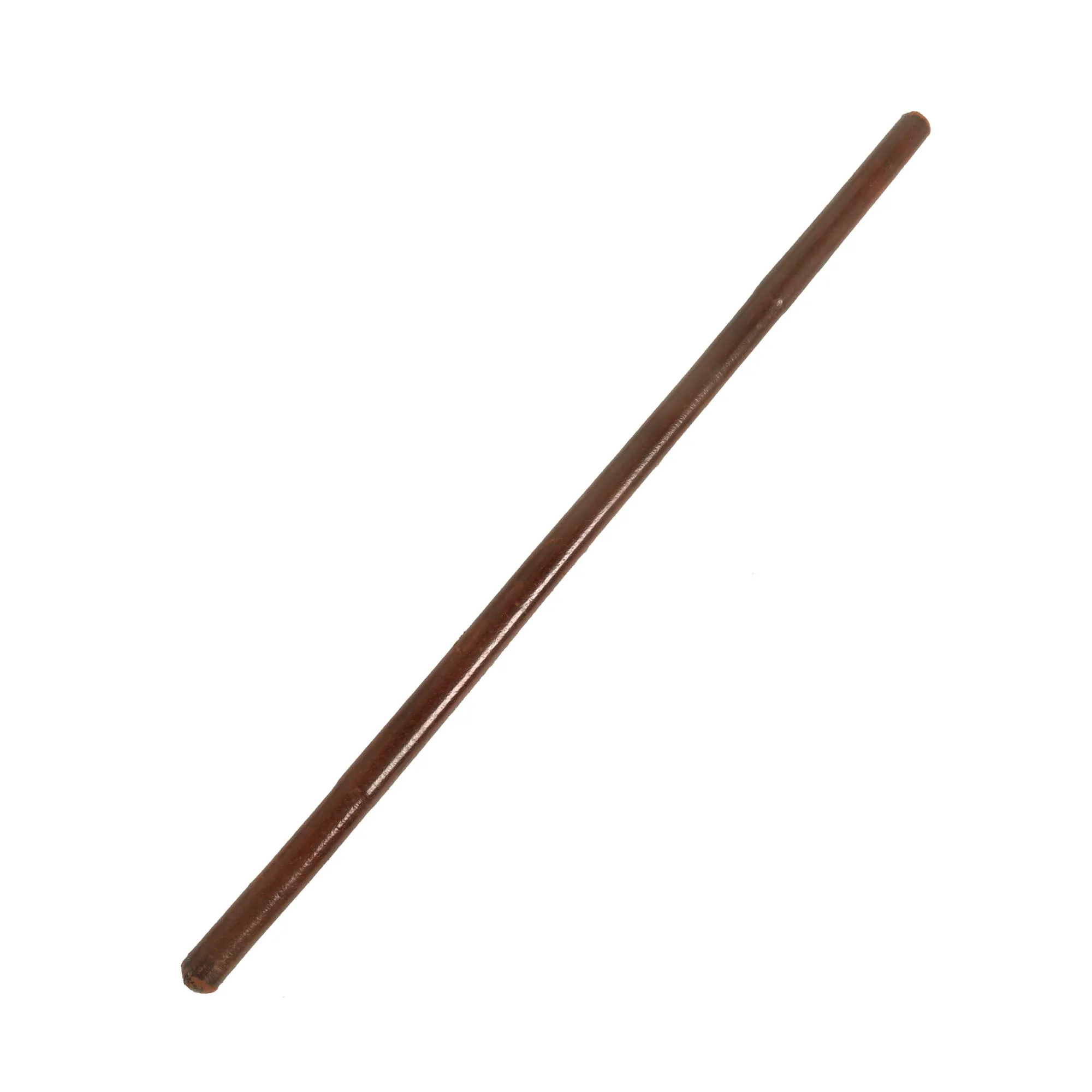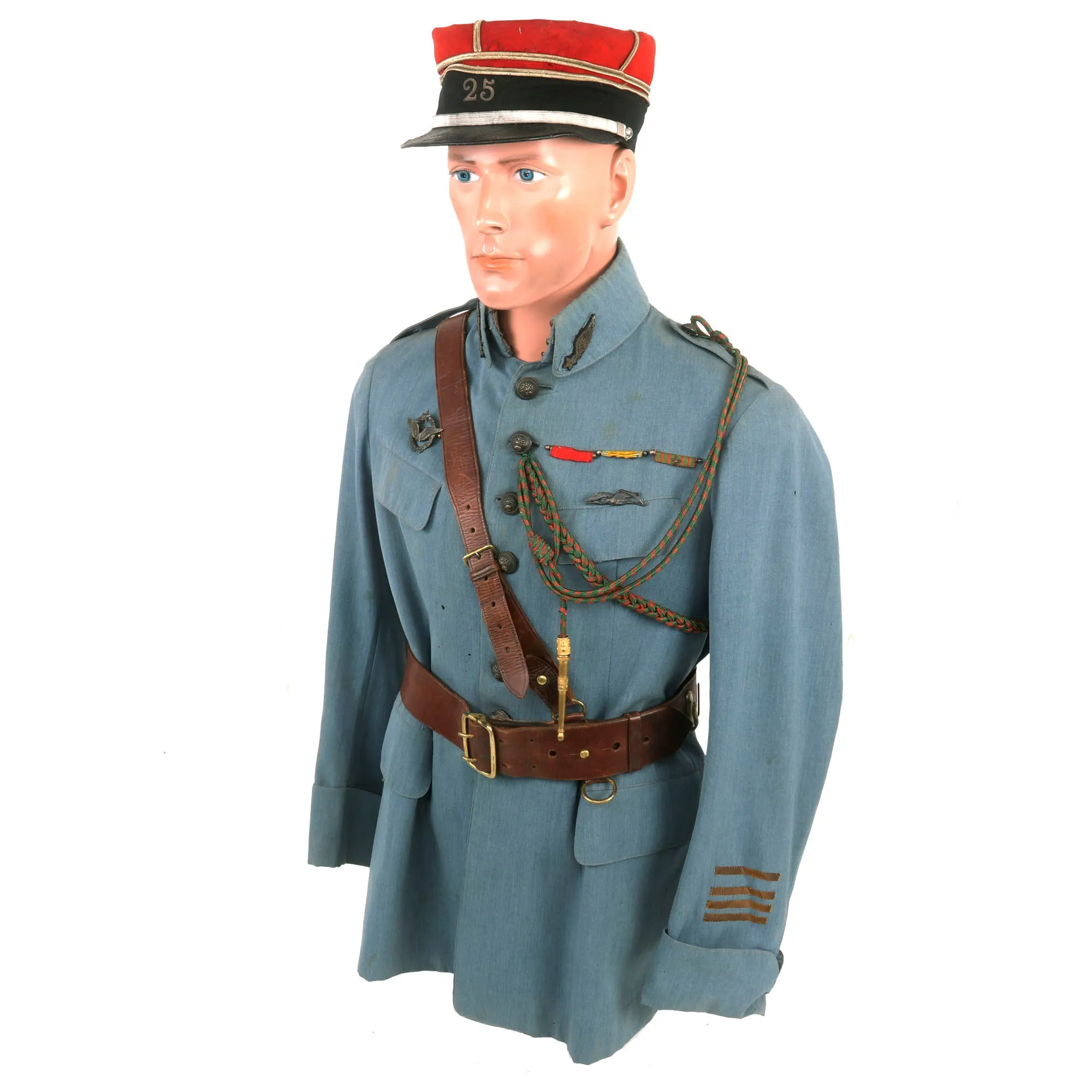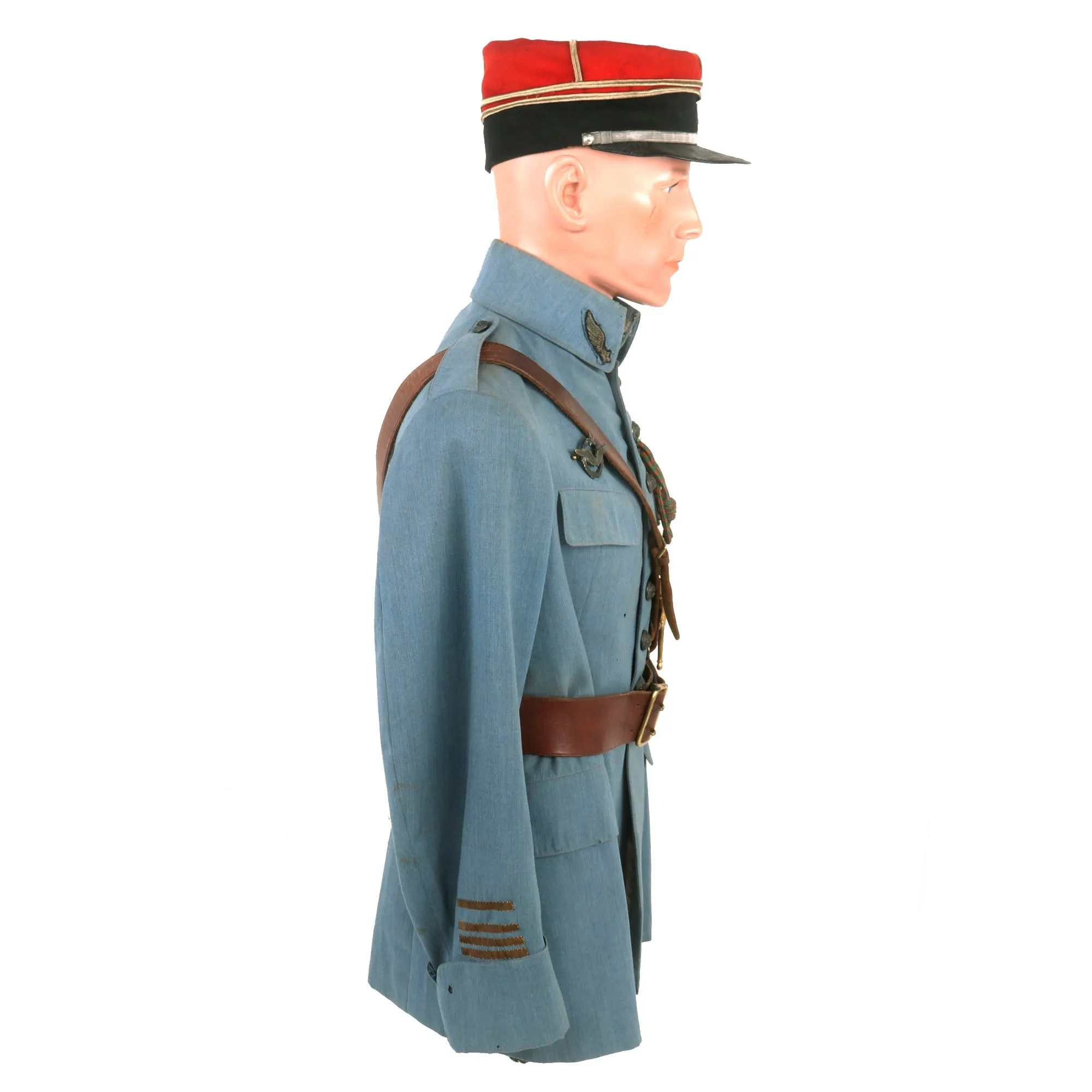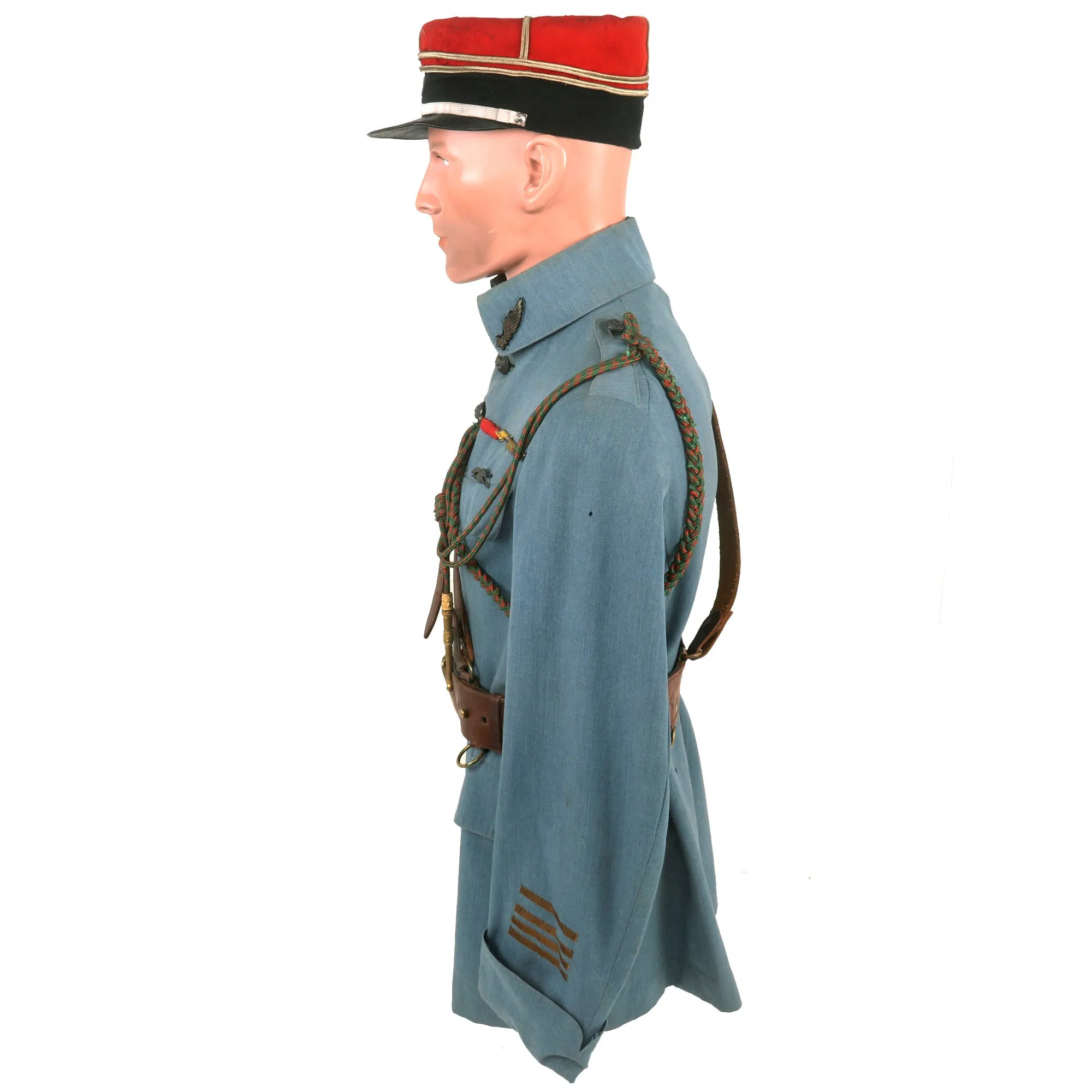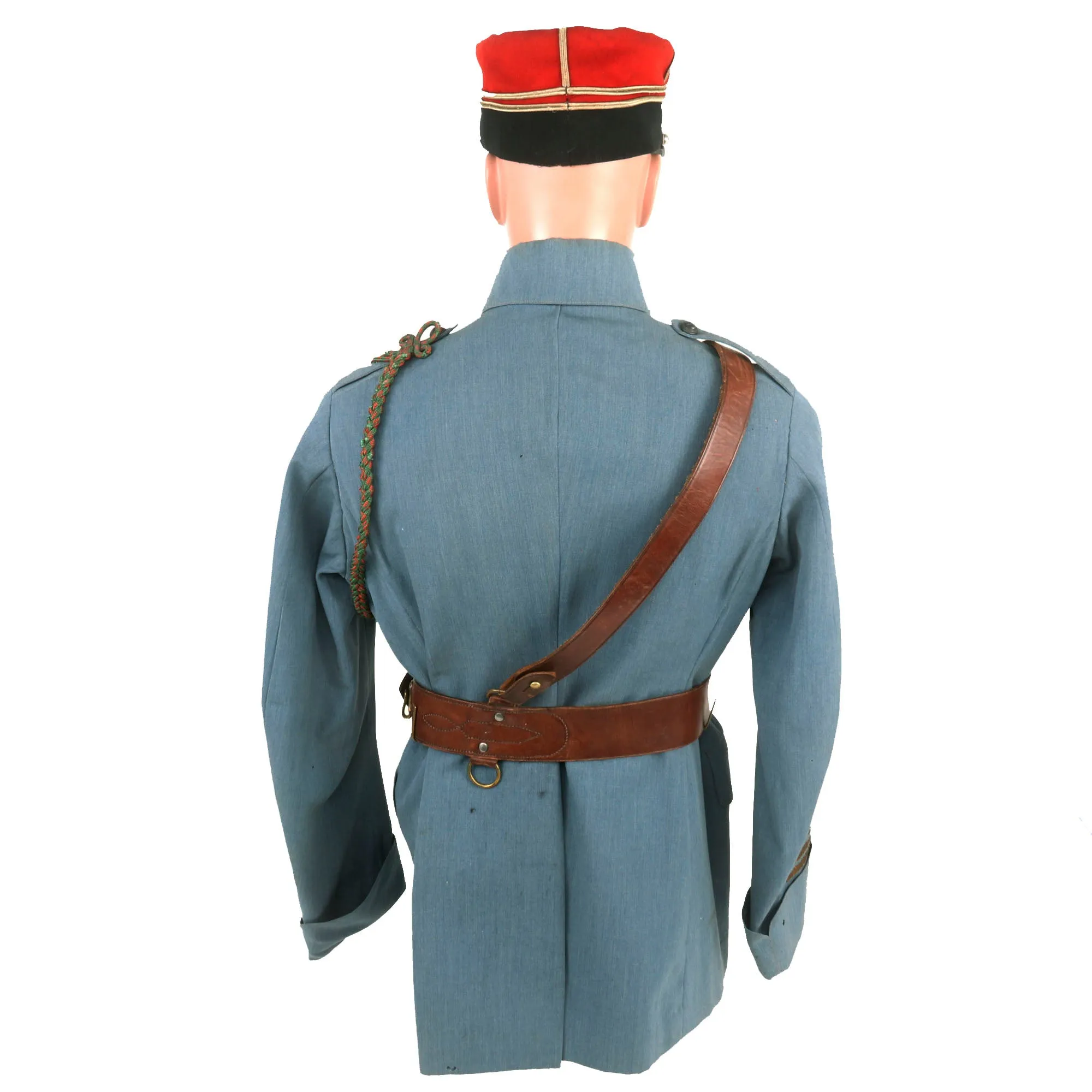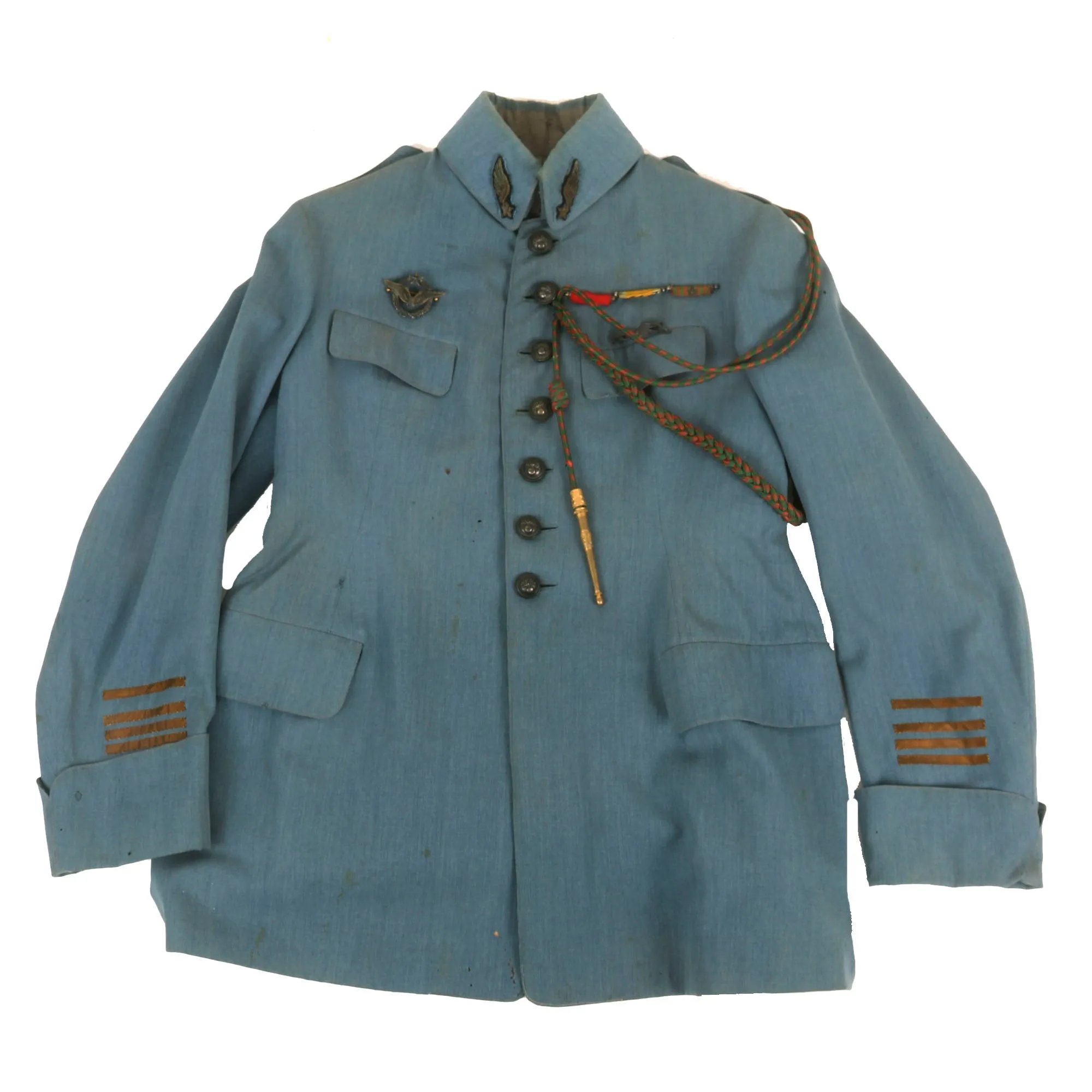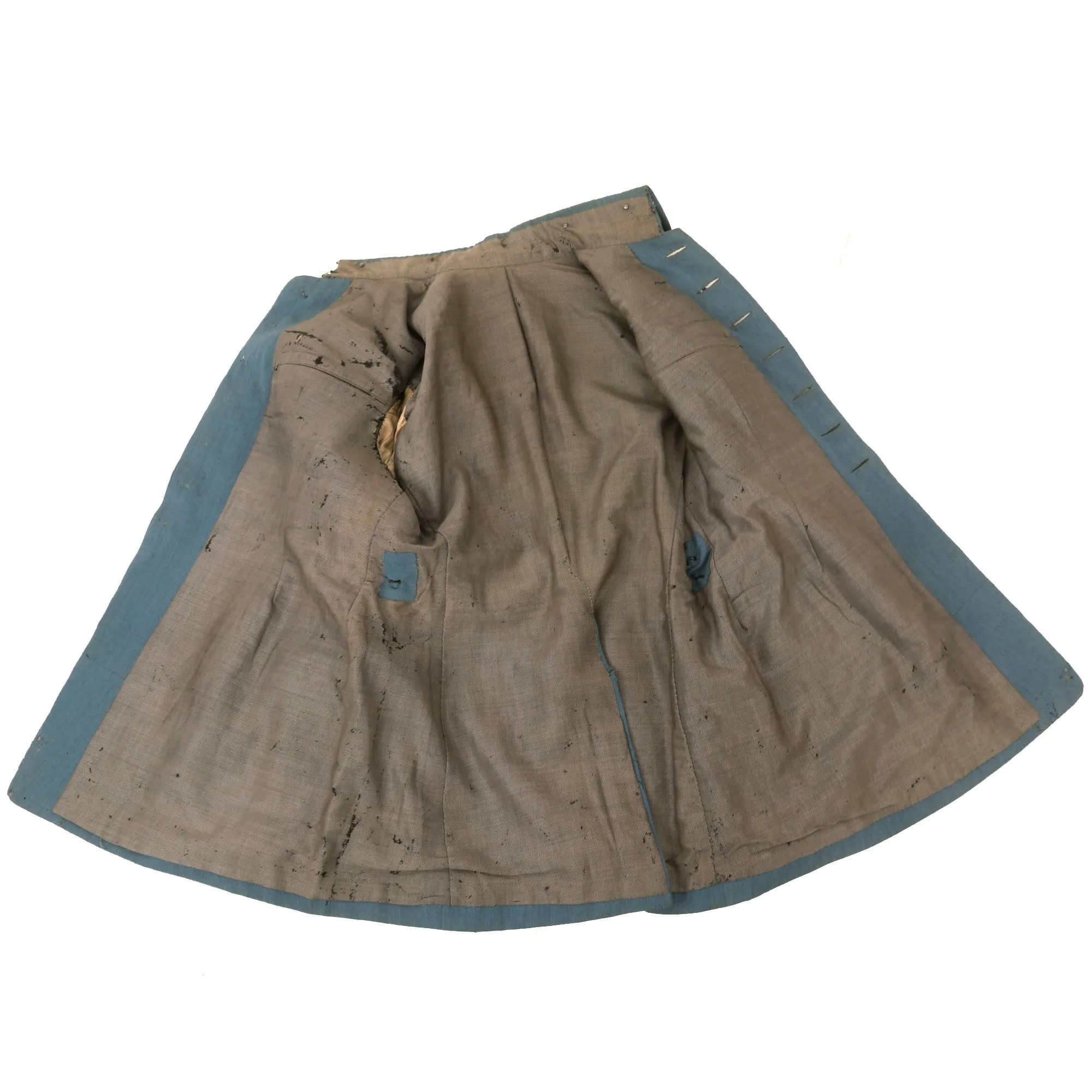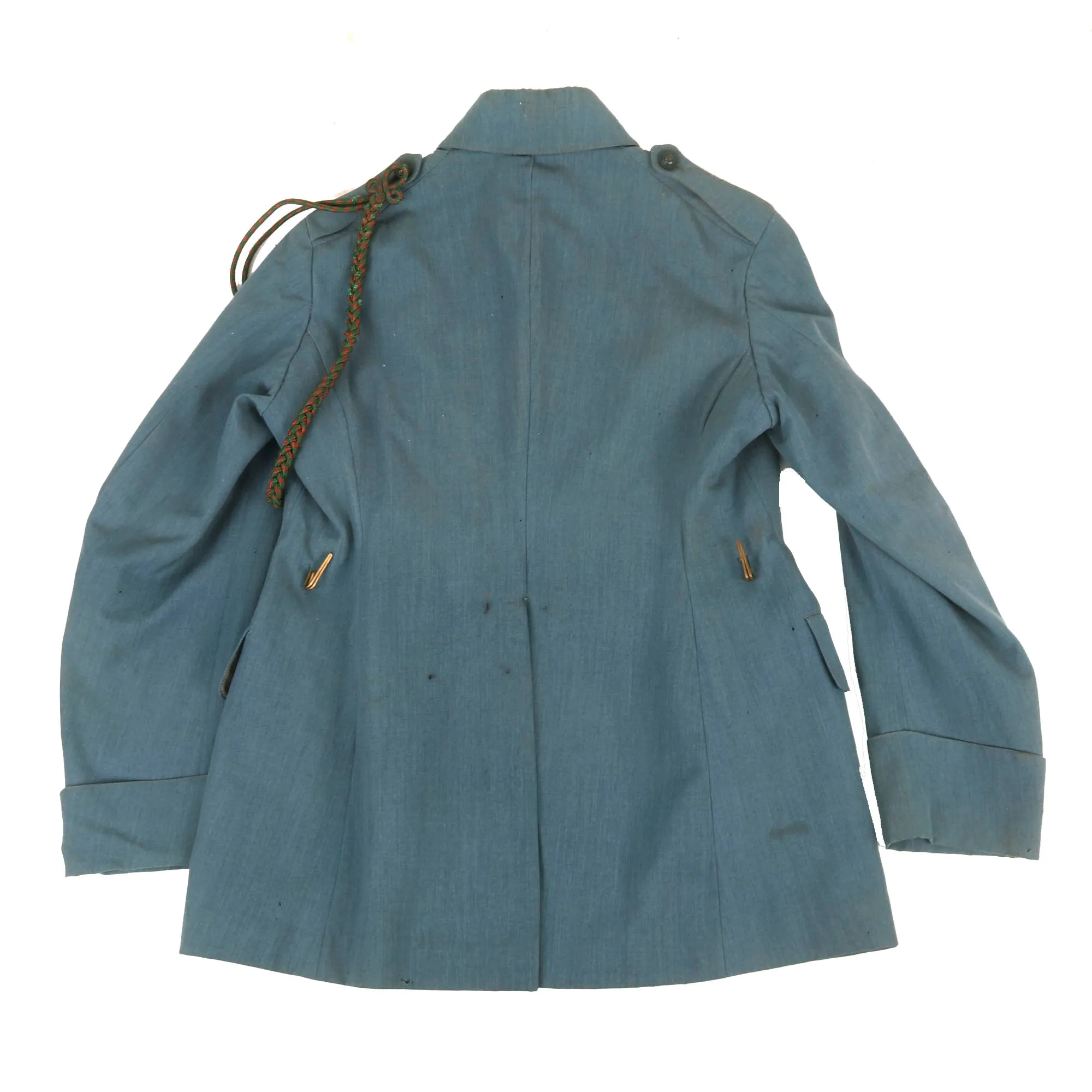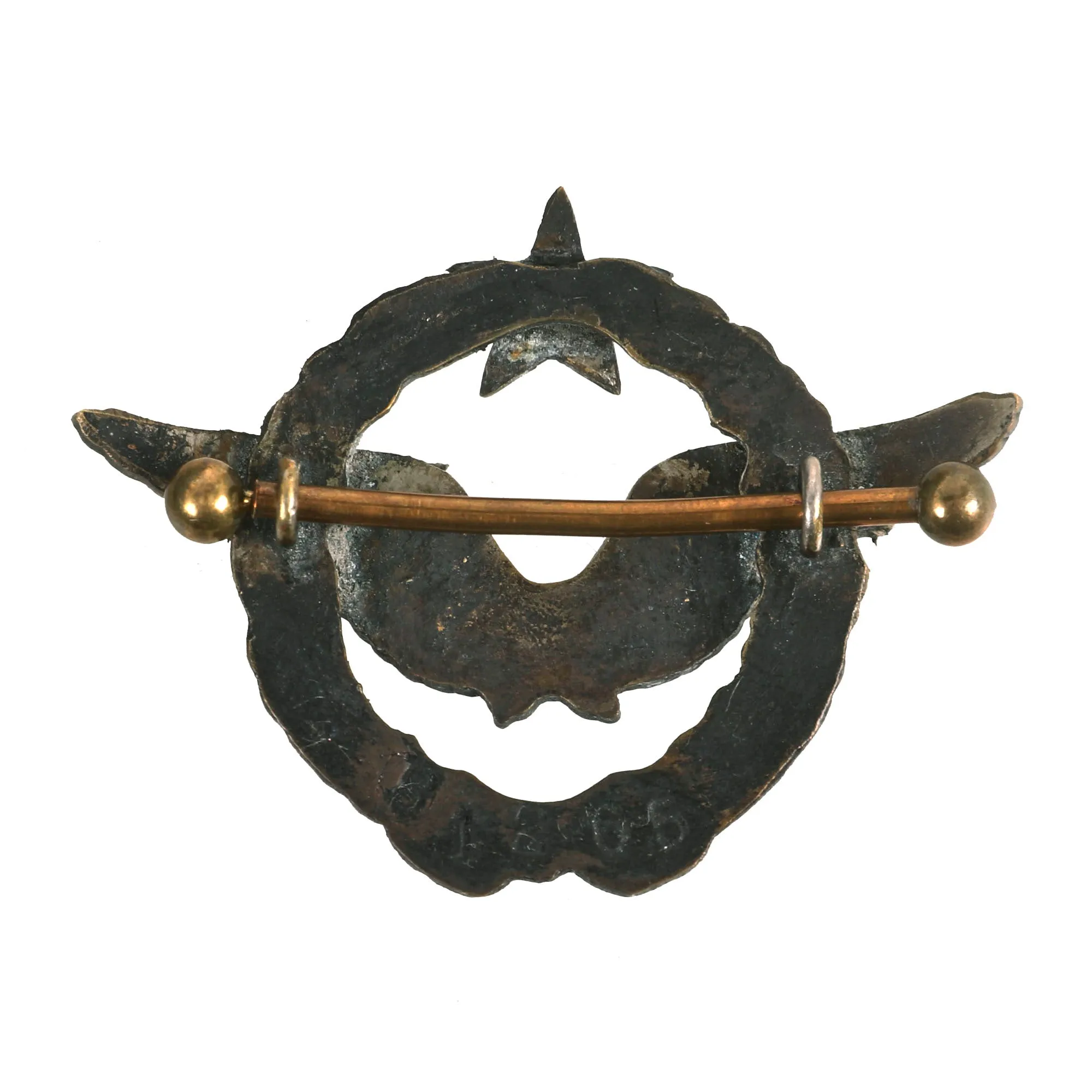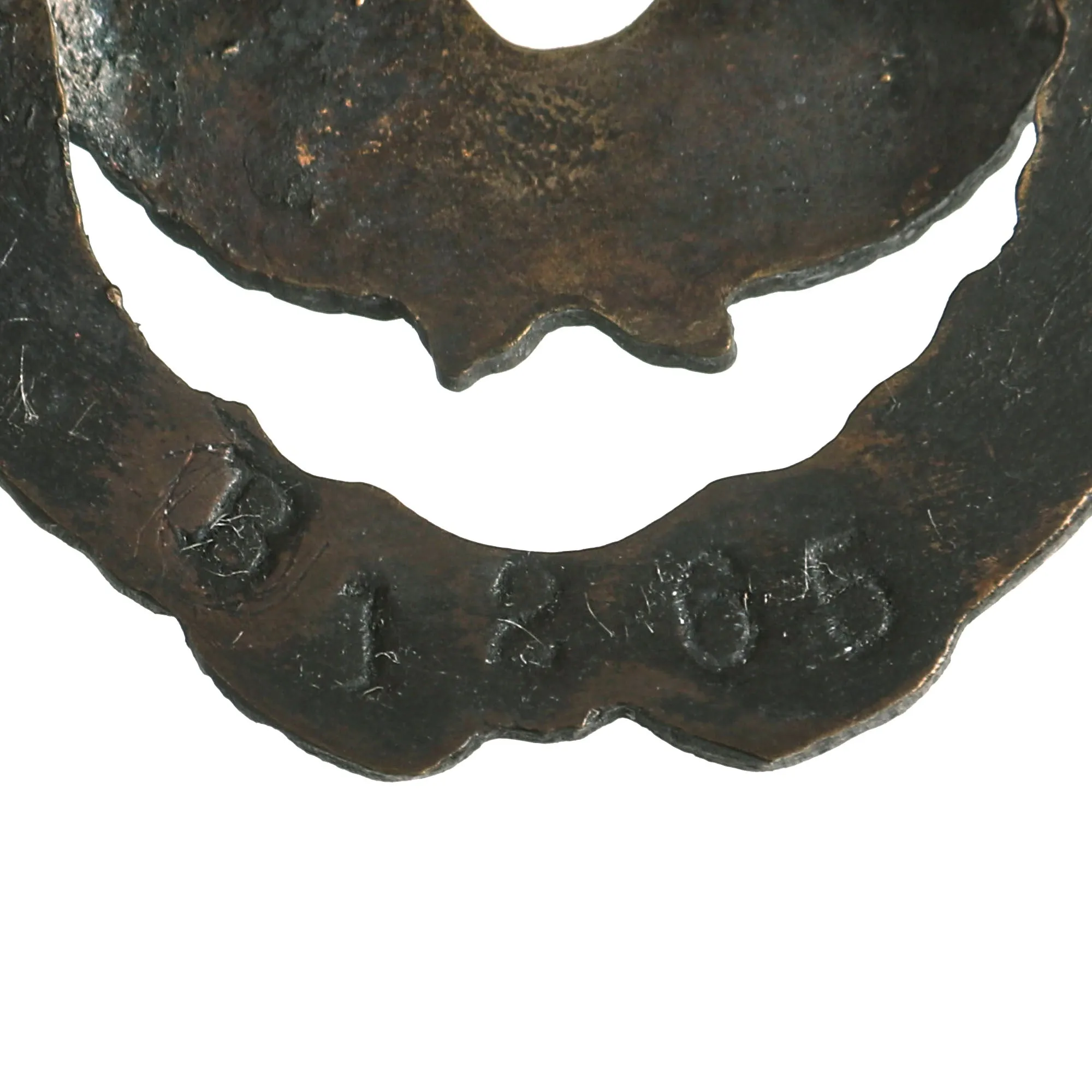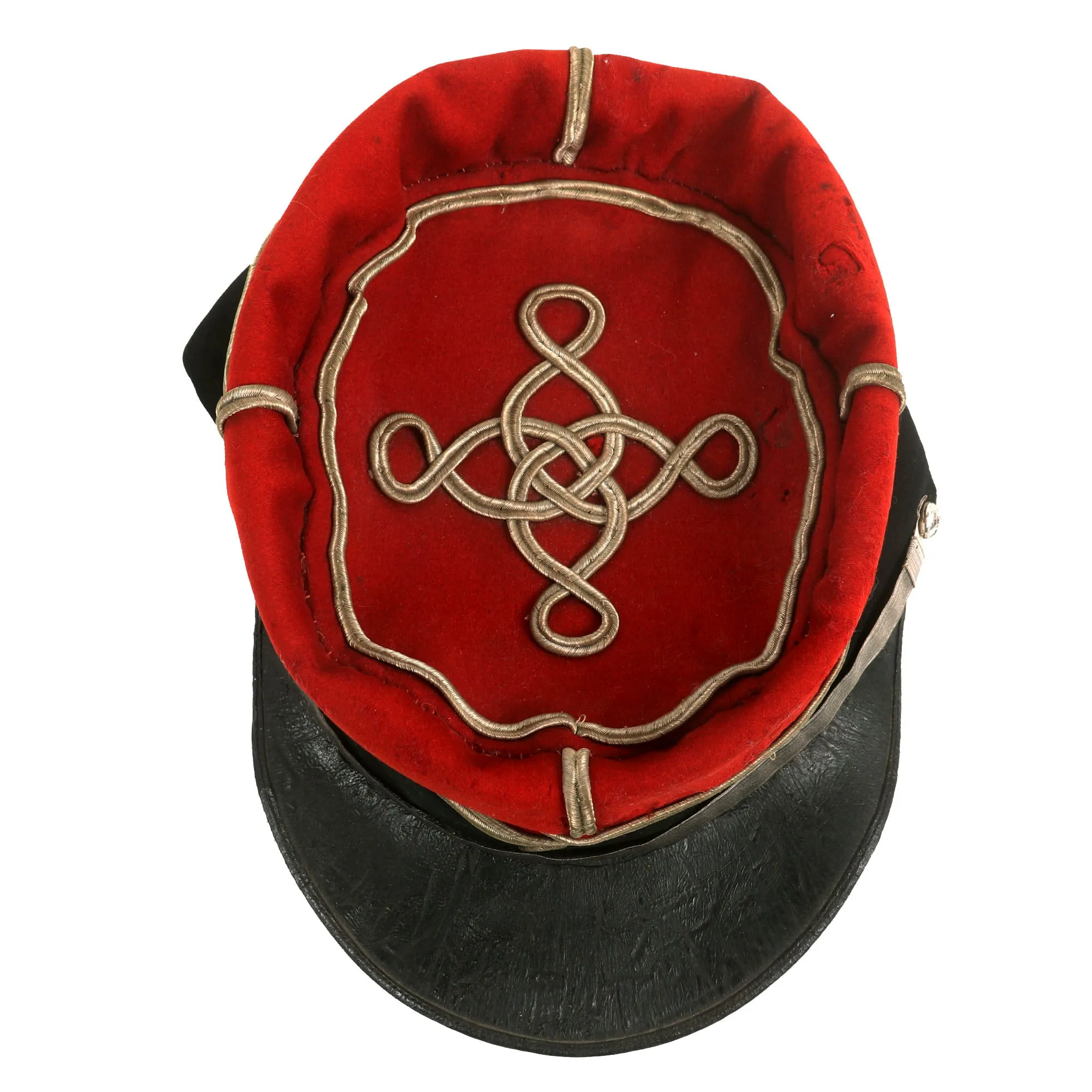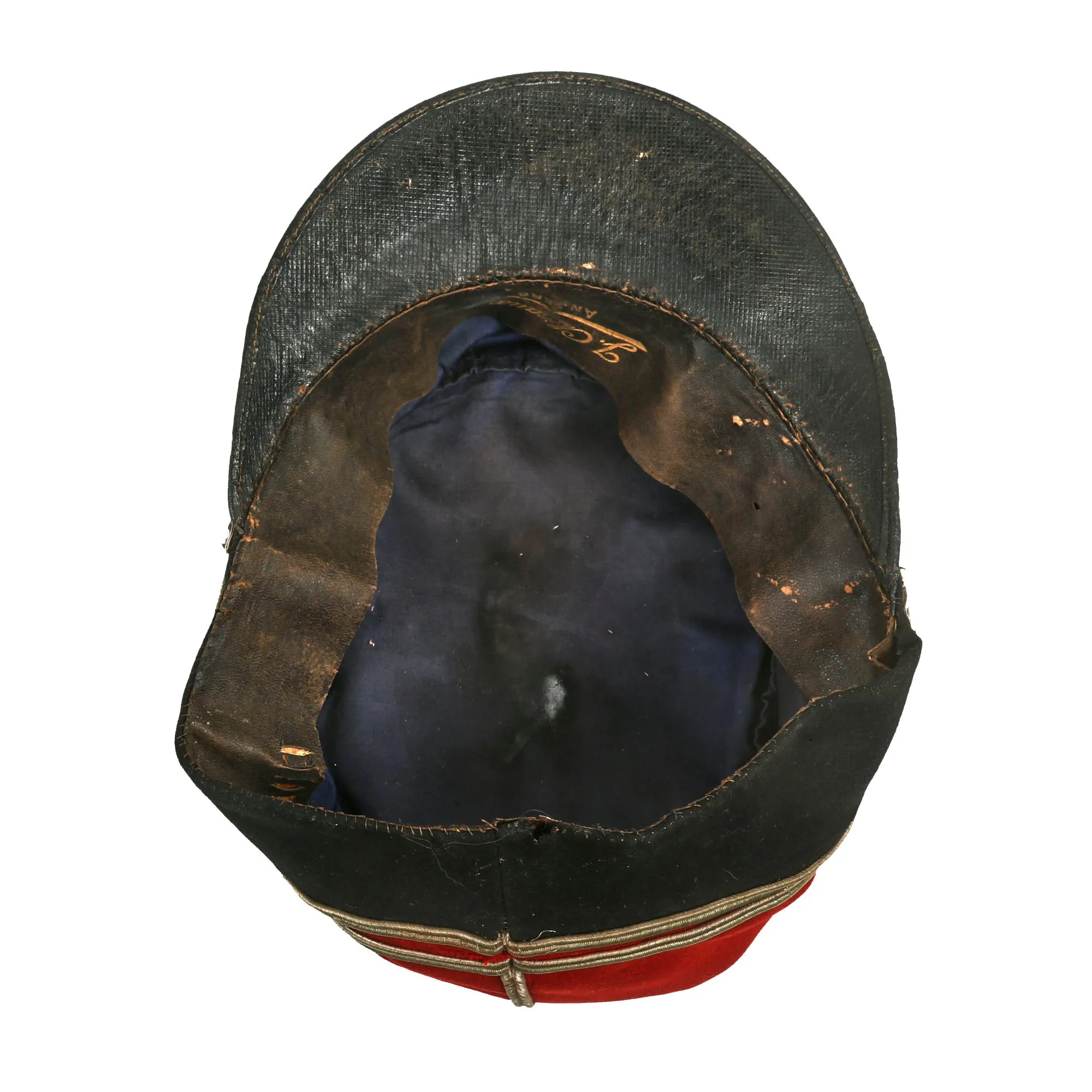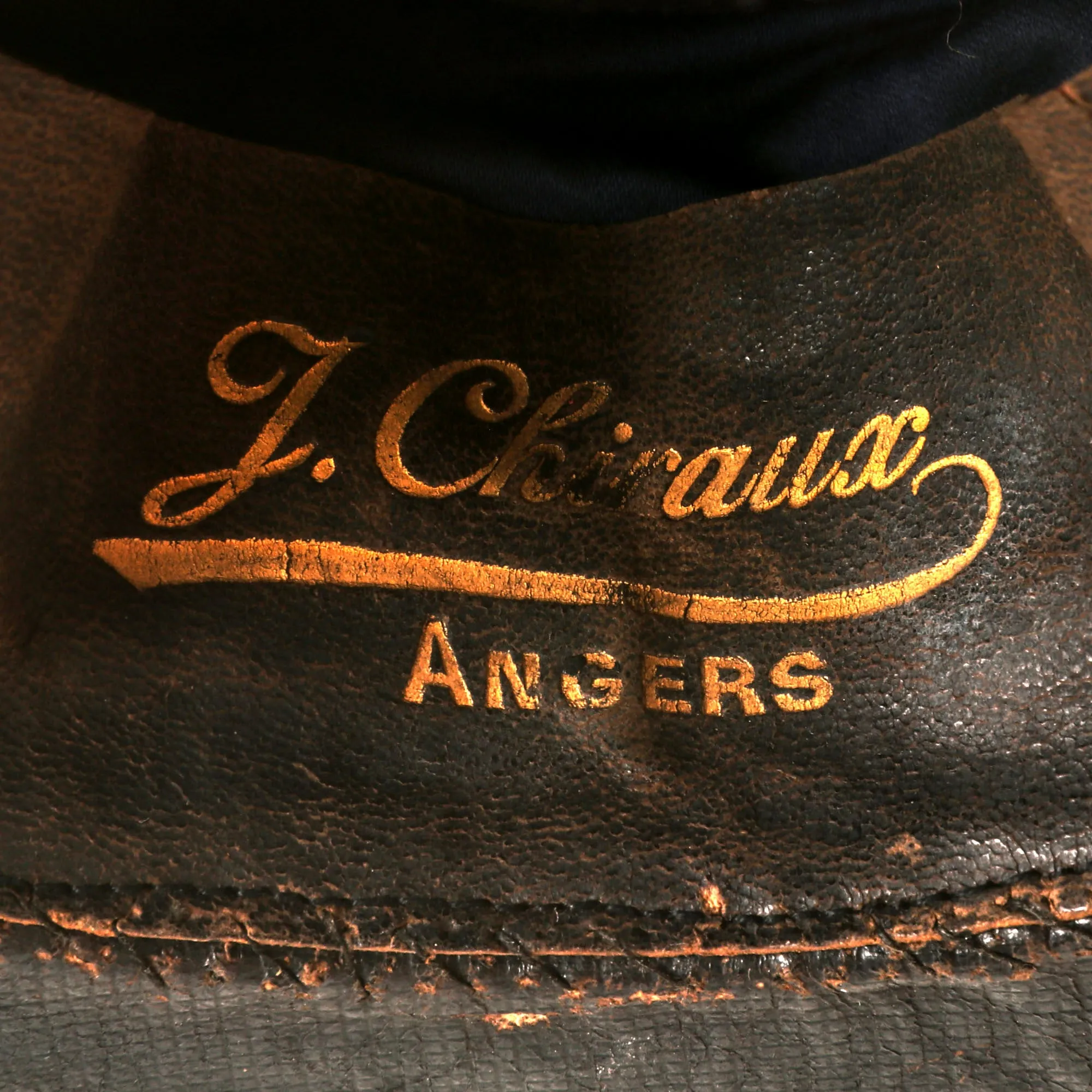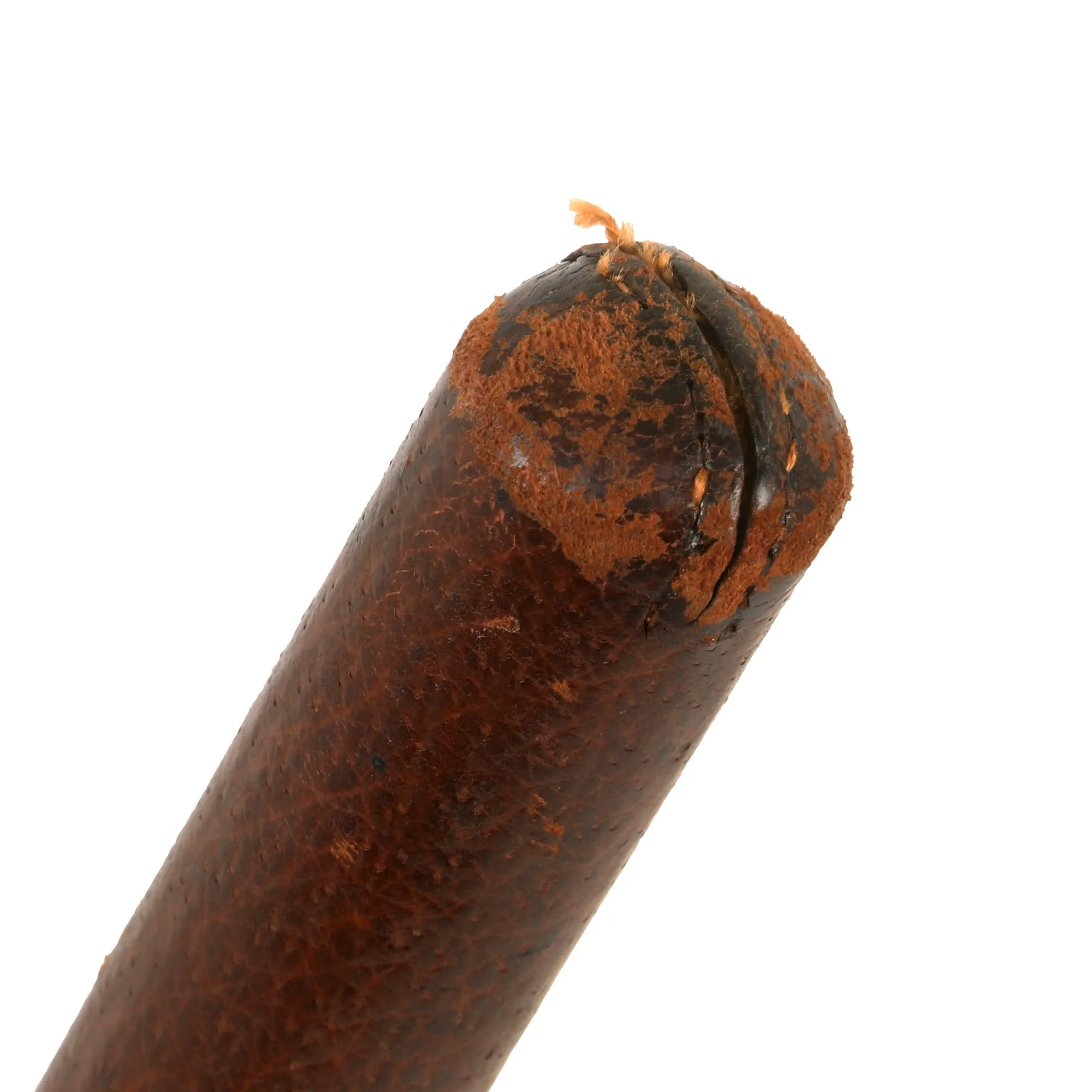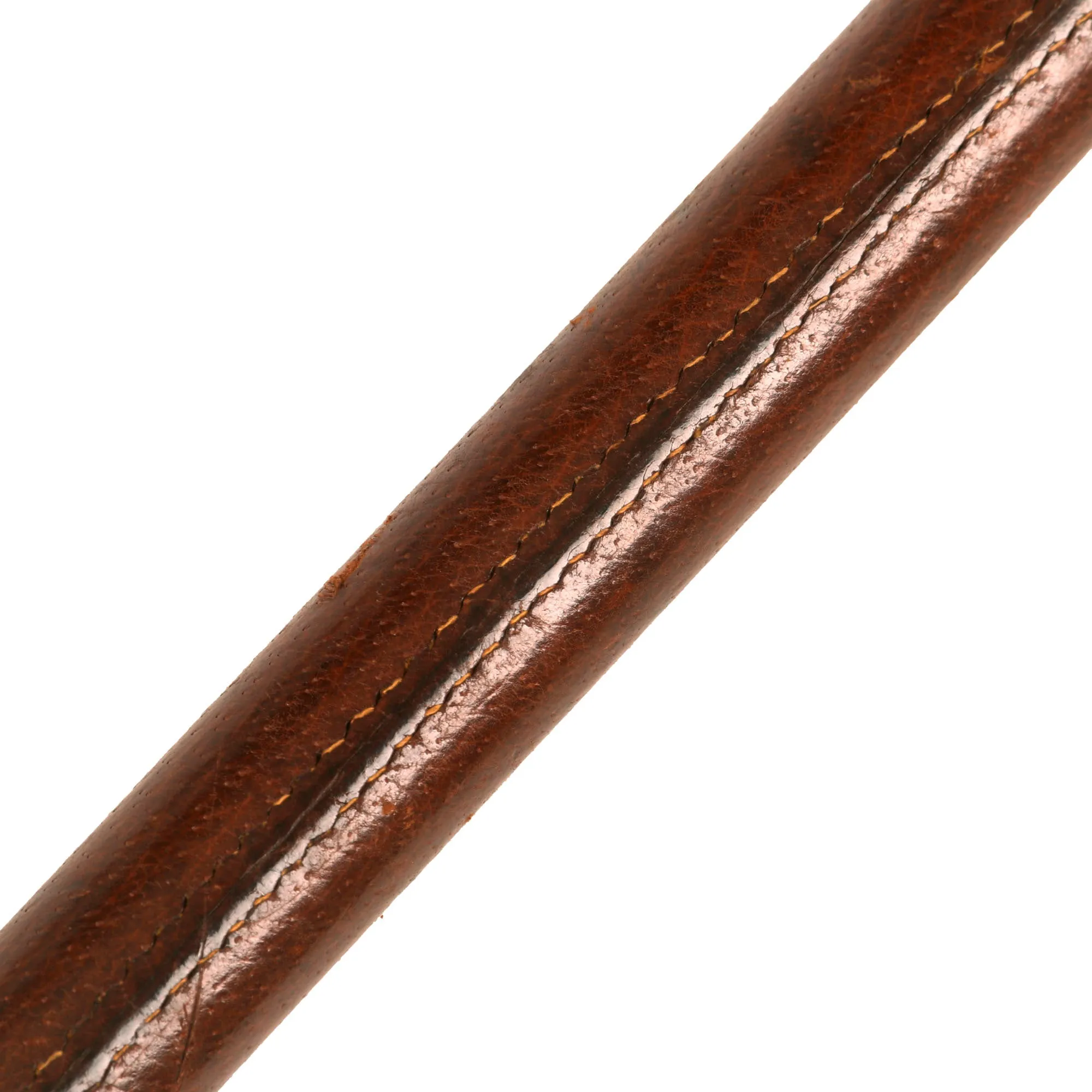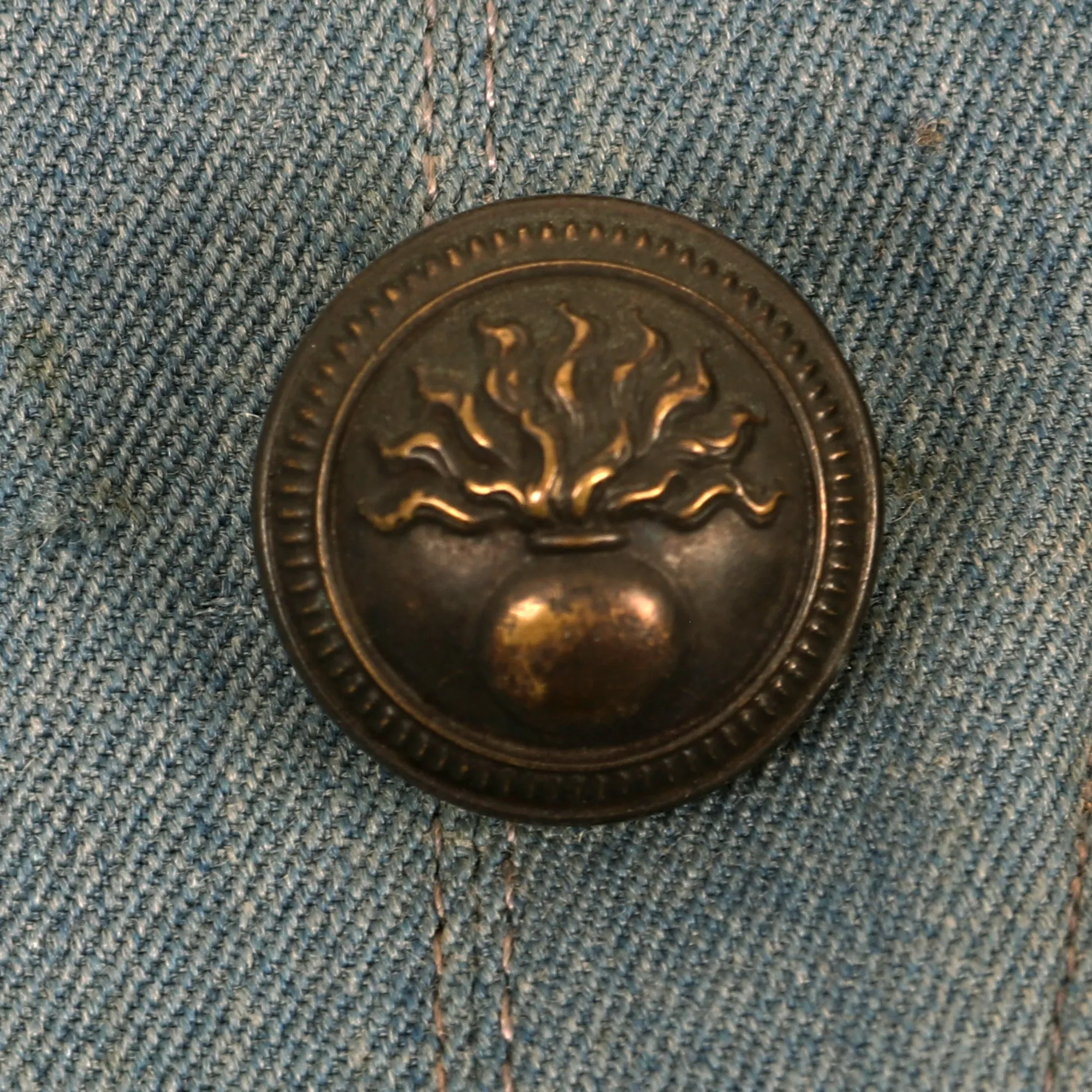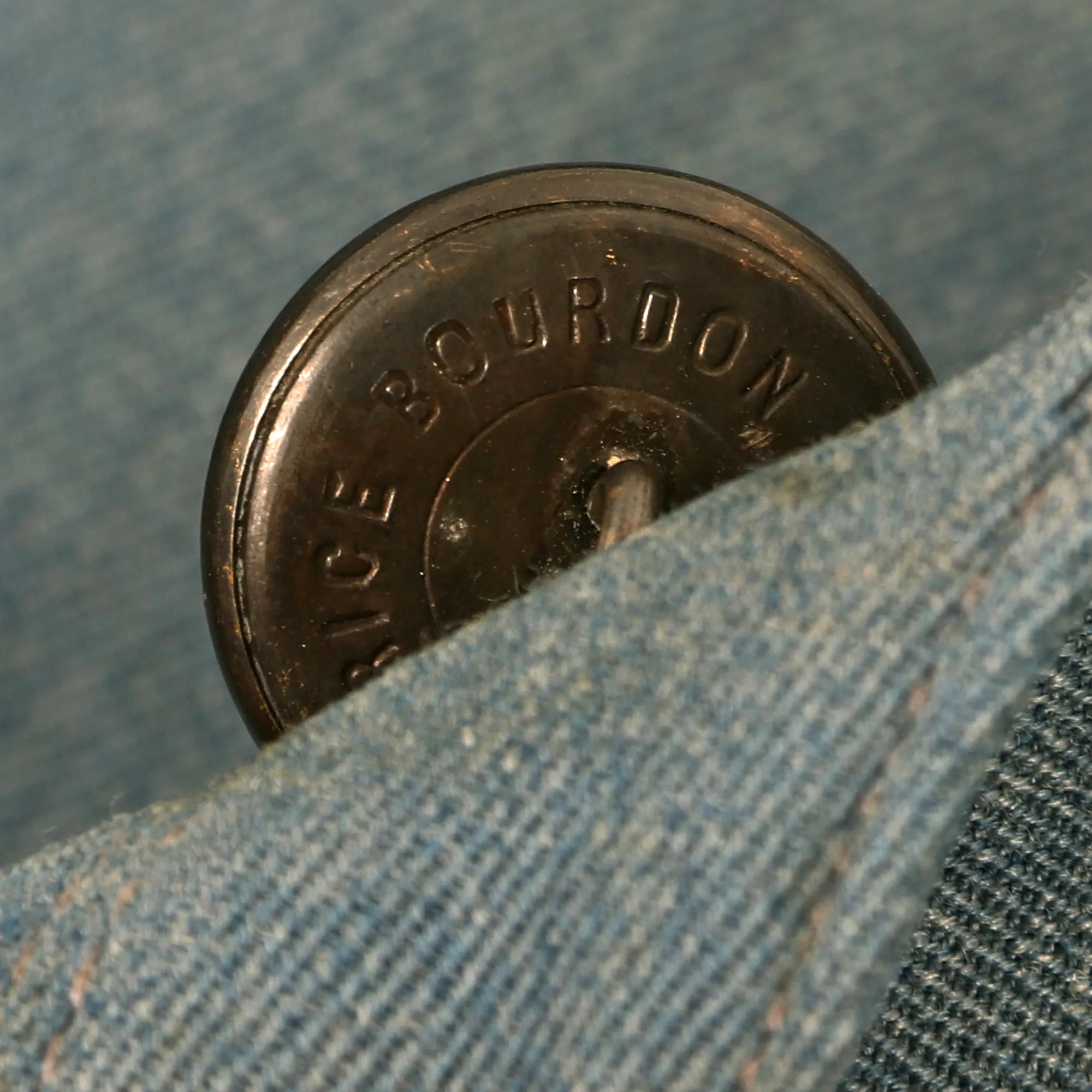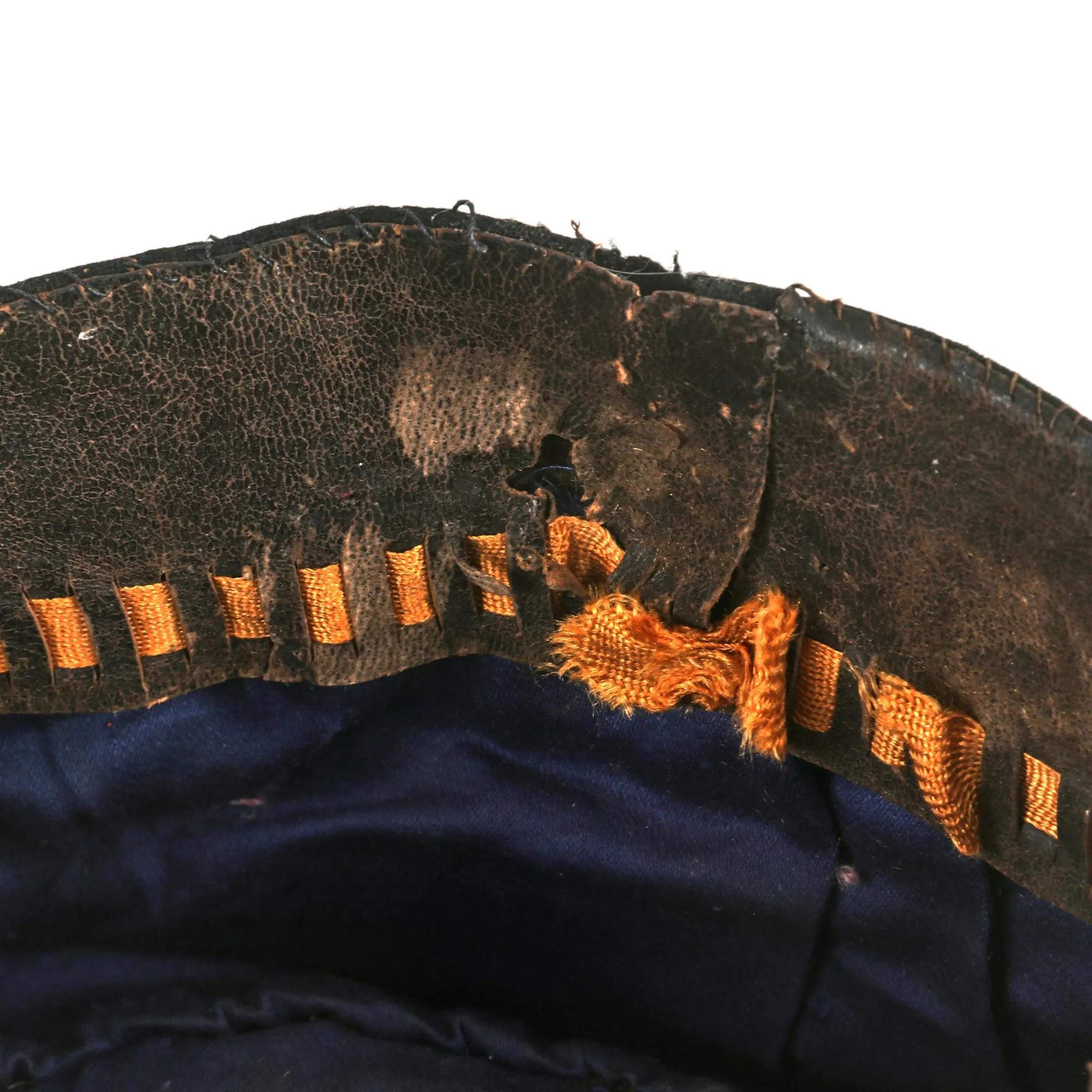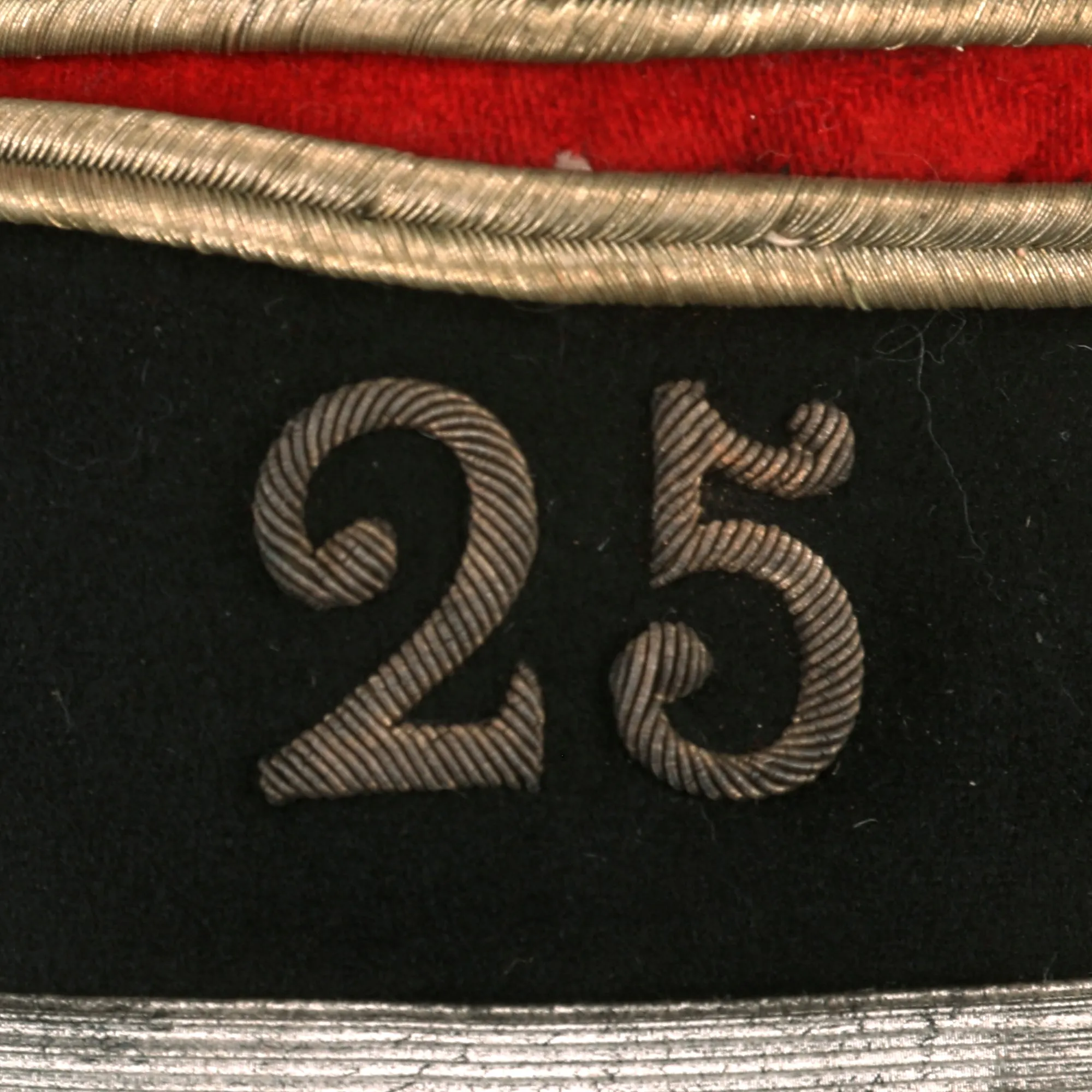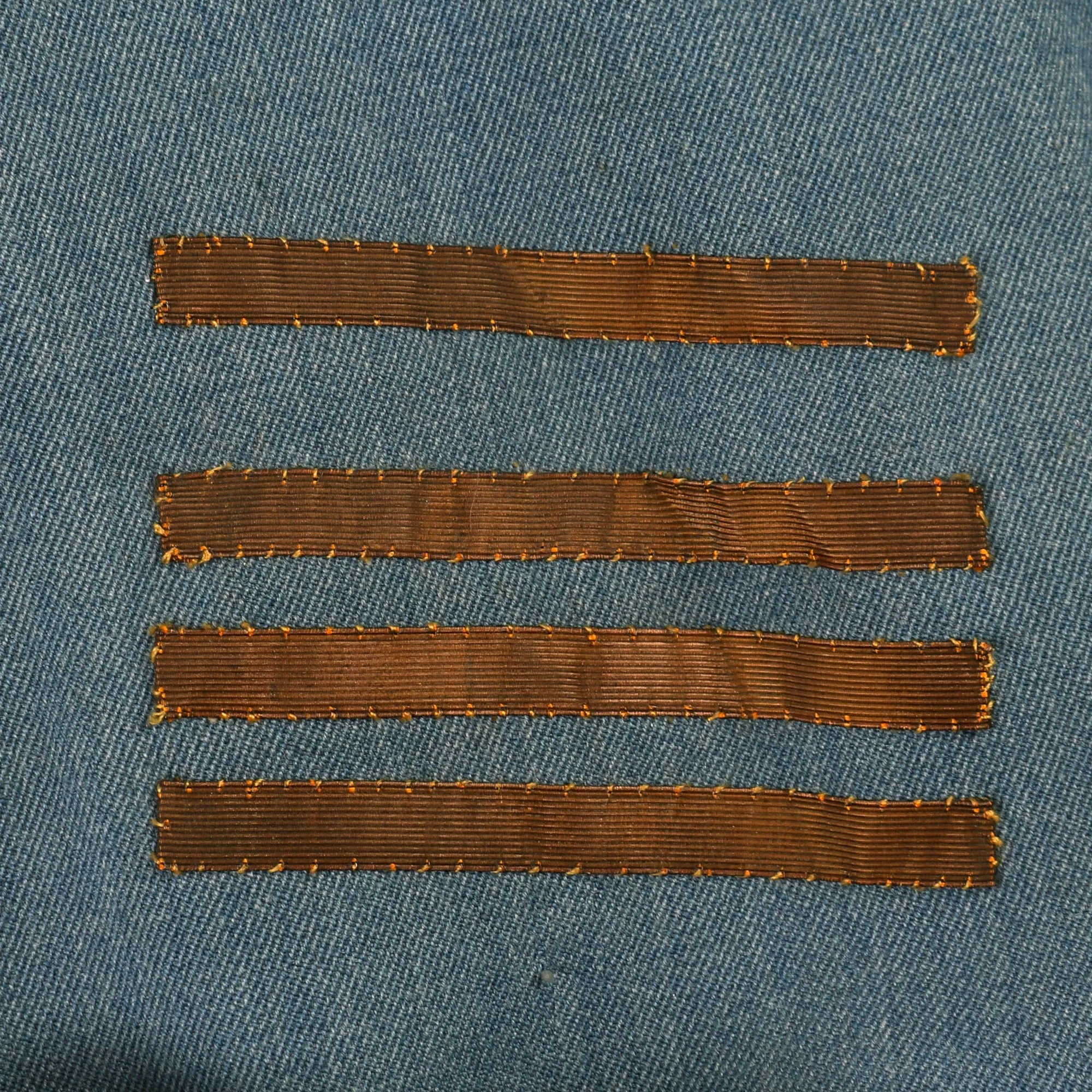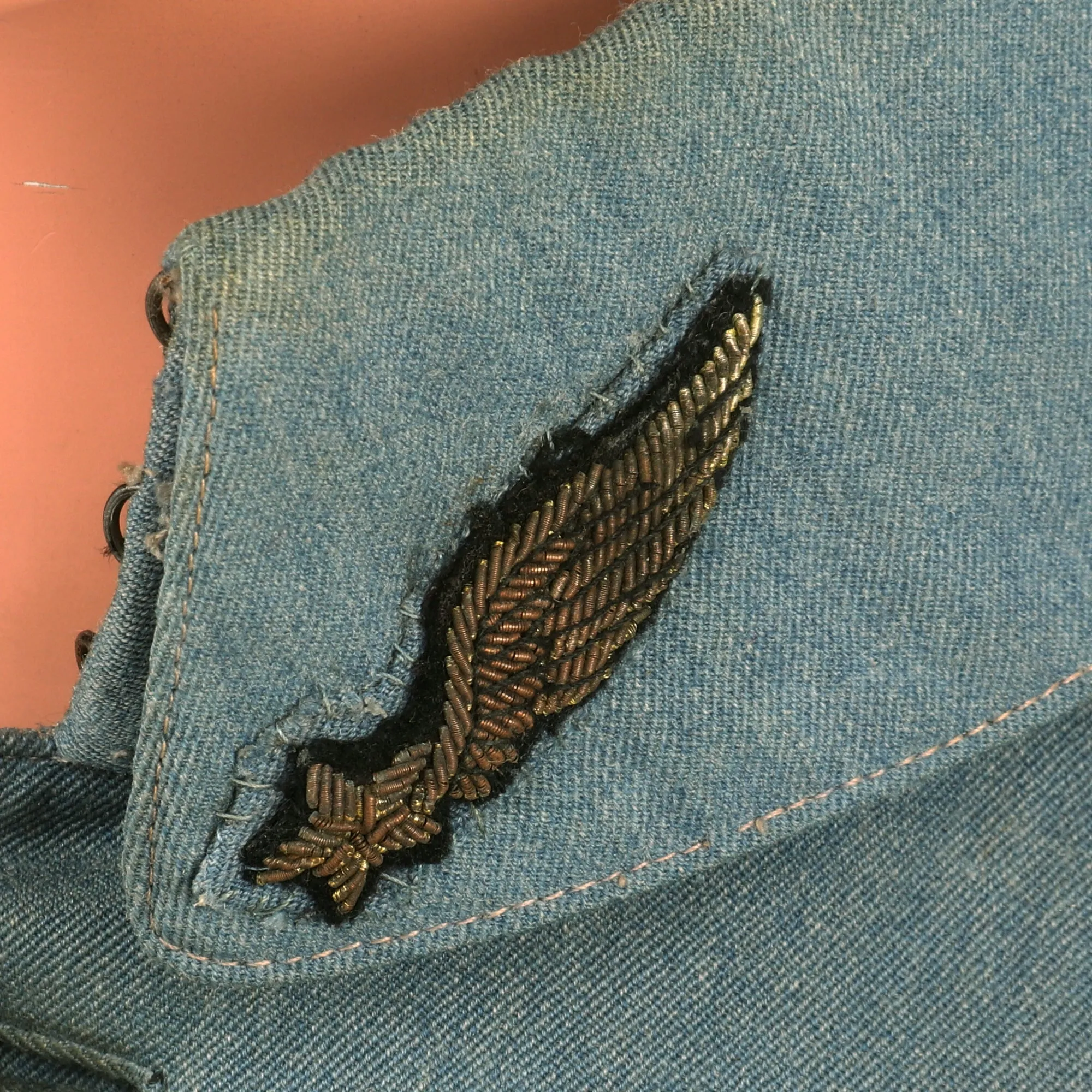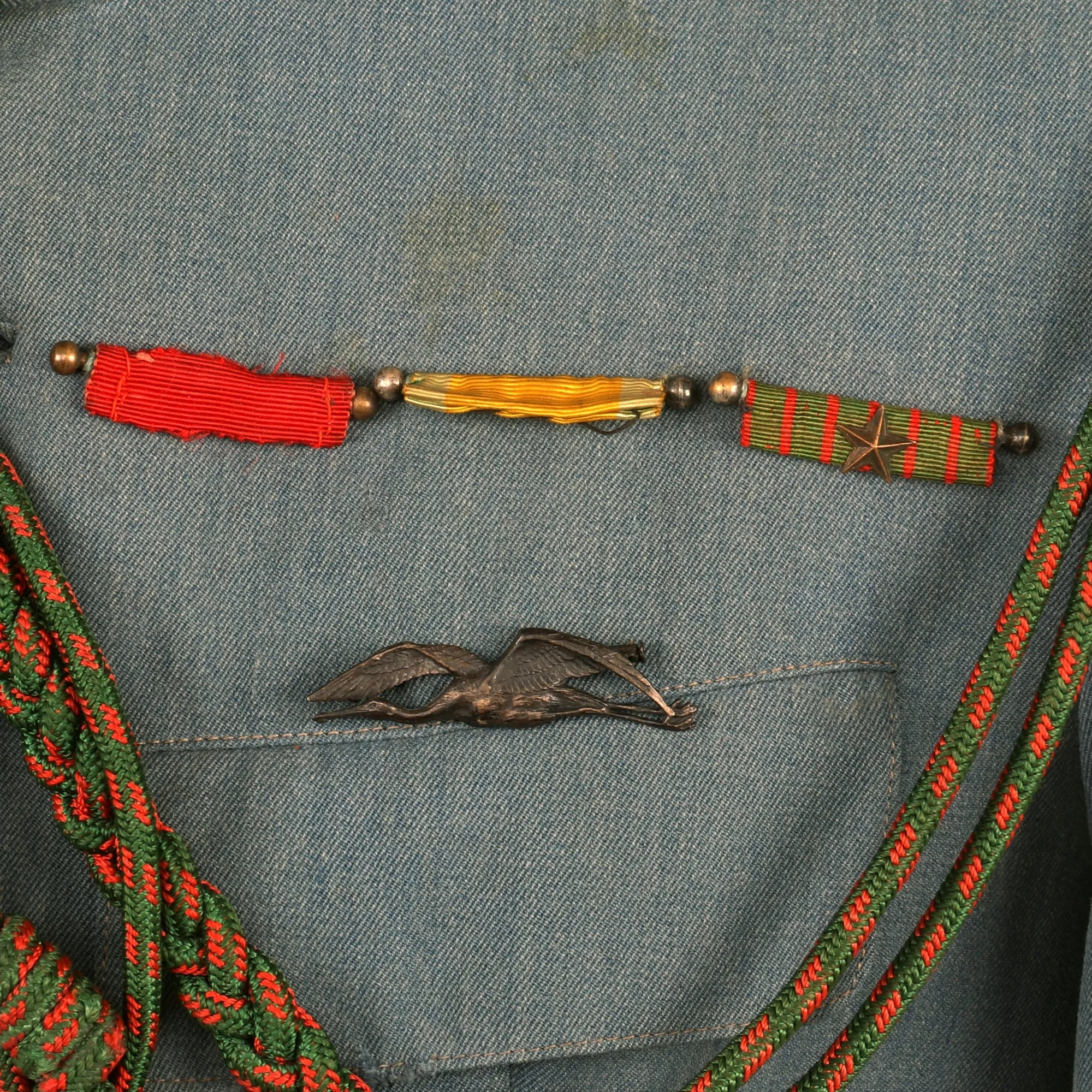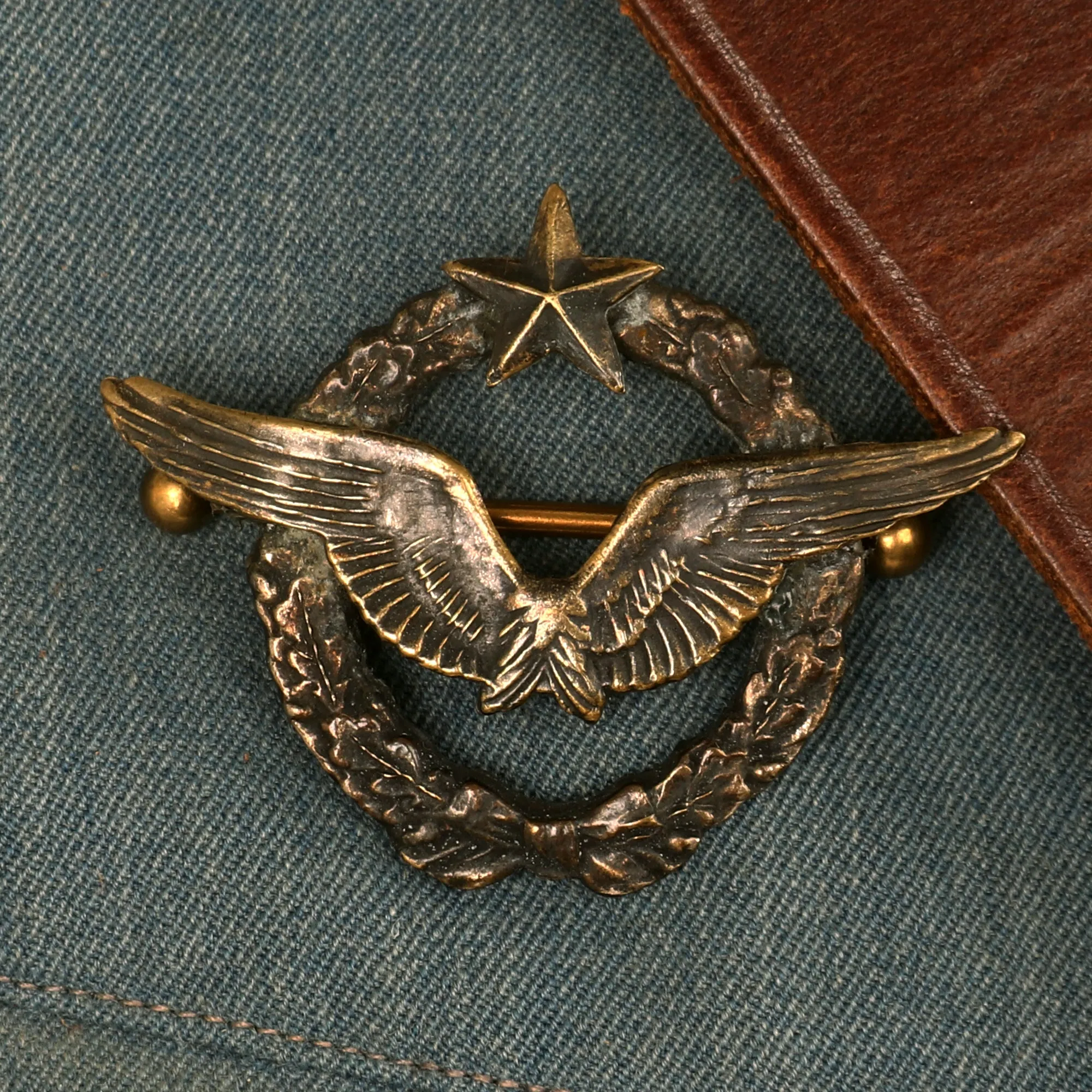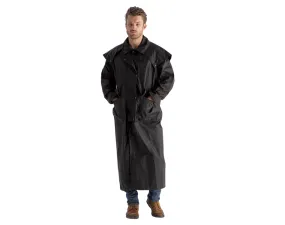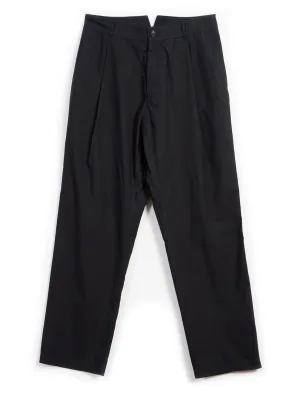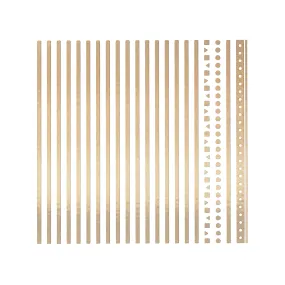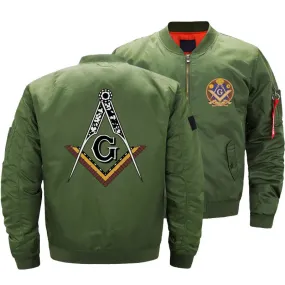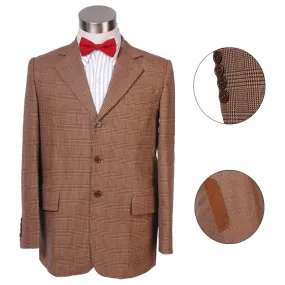Original Items: Only One Set Available. At the start of the First World War, France led the world in aircraft design and by mid-1912 the Aéronautique Militaire had five squadrons ("escadrilles"). This had grown to 132 machines and 21 escadrilles by 1914, the same year when, on 21 February, it formally received a budget under the Ministry of War. On 3 August, Germany declared war against France.
Now this is an absolutely stunning uniform set. This was the standard issue for a WWI French Pilot. Horizon blue French Air Service service coat, single breasted with all 7 brass buttons down front. The collar tabs feature beautiful gold bullion on black felt “winged star” insignia with the color retained very well. The right side of the uniform features a lovely “B” hallmarked Pilot’s Wings Badge with the colors retained very well. The badge was issued in the final years of the war, while the “B” hallmarked badges were used up into 1925. The badge is serialized with the number 1265 indicating that it dates between 1914 to 1915. These badges in their own standpoint are very rare. The wings will be placed in a bag in the pocket to protect them and the loops on the uniform, and can be placed back on when the uniform is received. The belt featured on the tunic is in wonderful condition and rests on the integrated belt hooks on the tunic quite nicely. The interior of the tunic is in good service-worn shape, showing some rips in the lining which is to be expected.
The uniform bears ribbons on the left breast for the Legion of Honour, the Military Medal, and the Croix de Guerre with Bronze Star. Below the ribbons is a great French squadron pin depicting a Stork, which is most likely the insignia of Stork Escadrille N3. There is also a gorgeous braided Fourragère cord on the left shoulder. The cuffs bear 4 gold stripes which indicate the rank of Commandant, the equivalent of a U.S. Major.
There are two pairs of breeches with the uniform, one brown and one dark blue with a red stripe. They are both in good shape with minor moth nipping and pair very well with the uniform.
The included “swagger stick” measures 23¾” long and is completely covered in leather, the stitching of which is in good shape with some weak spots. A very interesting and great cultural addition.
The kepi is a nice World War One era French Infantry Officer kepi in excellent condition. This is the lower height style kepi they first started using after phasing out the floppy or "bummer" type kepis. This style was only worn for a short time during WWI into the early 1920's. This example has French numerals 25, likely for a unit he served with at one point. There is a maker’s mark inside for J. Chiraux of Angers. The kepi is roughly a Size 7.
This is a truly incredible set that does not come up for sale often. Comes ready for further research and display.
Escadrille 3
Escadrille 3 Les Cigognes ('The Storks') was a famous French aviation unit during the World War I. It was often referred to as the 'Stork Escadrille N3' due to its insignia. Pilots from Groupe de Combat 12 adopted the name and placed images of storks in different phases of flying on their planes.
Escadrille 3 was formed in July 1912 at Avord as Escadrille B13, equipped with Bleriots. It began World War I with the Bleriots; however, on 18 March 1915, it was re-equipped with Morane-Saulnier machines and redesignated Escadrille MS3. Capitaine Felix Brocard assumed command on 28 April 1915. By 20 September, it had once again re-equipped, this time with Nieuport scouts; its new designation was Escadrille N3.
On 16 April 1916, the unit had been amalgamated into Groupement de Combat de la Somme, along with Escadrille N26, Escadrille N73, and Escadrille N103. Escadrille N37, Escadrille N62, and Escadrille N65 were also temporarily assigned to the Groupement; the seven units were placed under command of Brocard. On 16 June 1916, Capitaine Alfred Heurtaux took command of Escadrille N3. In September 1916, the Commanding General of the VI Armee commended the unit for having downed 38 enemy aircraft and three observation balloons between 18 March and 18 August 1916.
On 1 November 1916, the temporary Groupement of the four original units was formalized as Groupe de Combat 12; it became more commonly known as les Cigognes (the storks). Once again, Escadrille N3 was cited, this time by Marshal Ferdinand Foch, for scoring victories over 36 enemy aircraft between 19 August and 19 November 1916. The following March, it would be again cited, this time for downing 128 enemy machines. The escadrille subsequently re-equipped with SPADs, becoming Escadrille Spa3.
On 5 December 1918, Escadrille Spa3 was cited for the fourth time. This time it was credited with the destruction of 175 enemy aircraft, and the disabling of an additional 100. This fourth citation also entitled the escadrille to the fourragere of the Médaille militaire, and of the Croix de Guerre. The heritage of the escadrille continues in the present day French air force; it is represented by the bottom bird on the EC 1/2 Squadron emblem.




